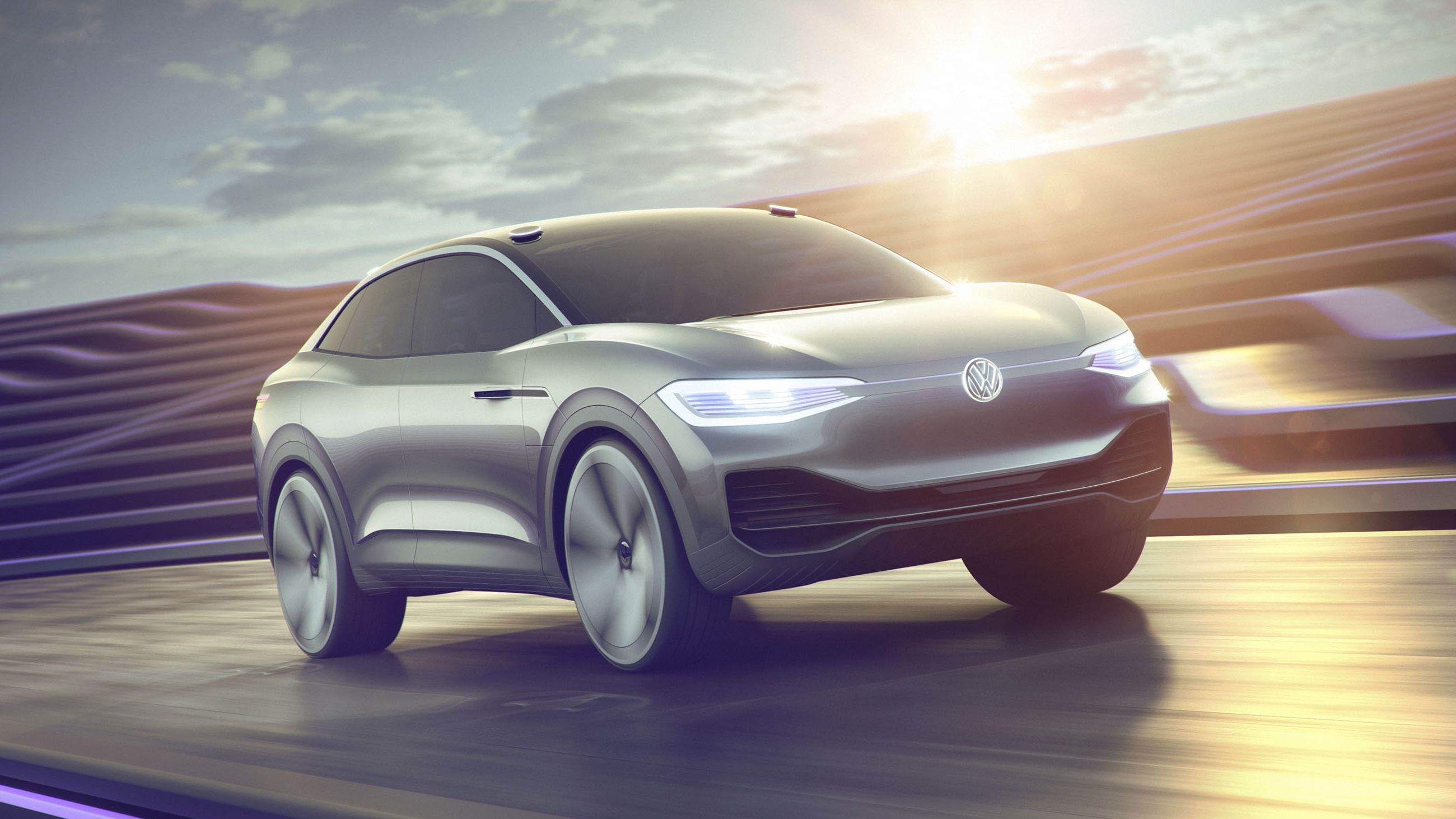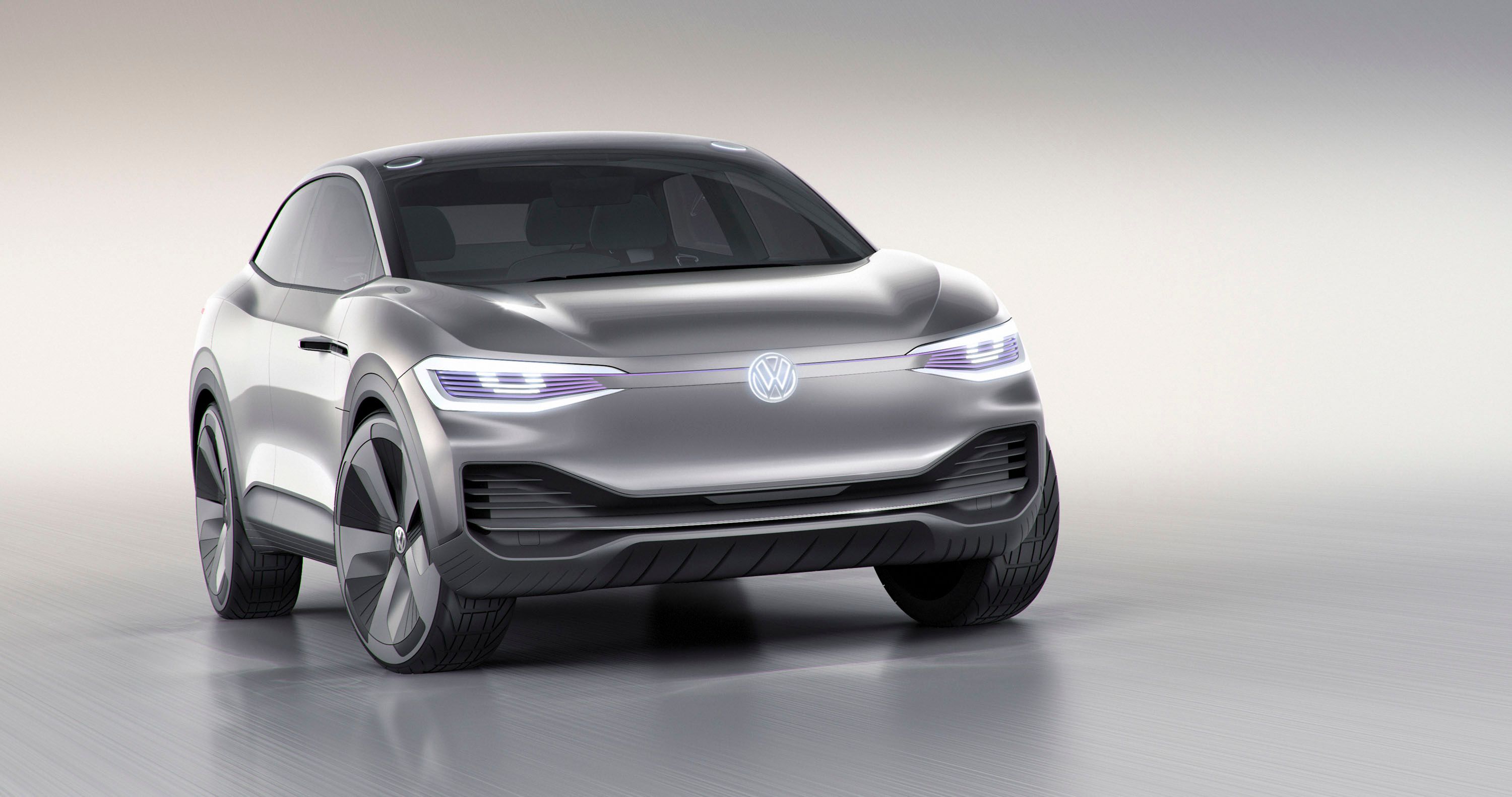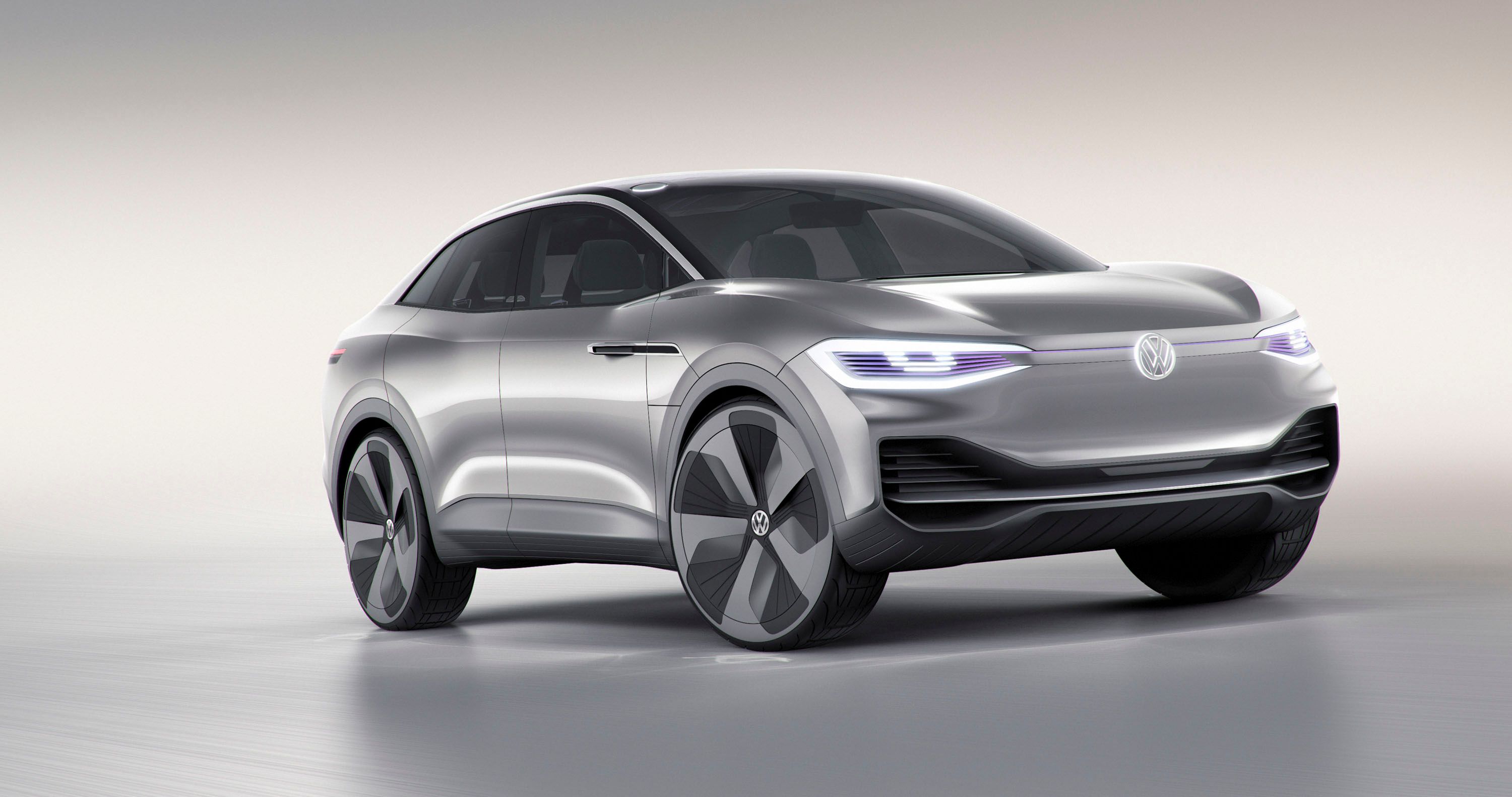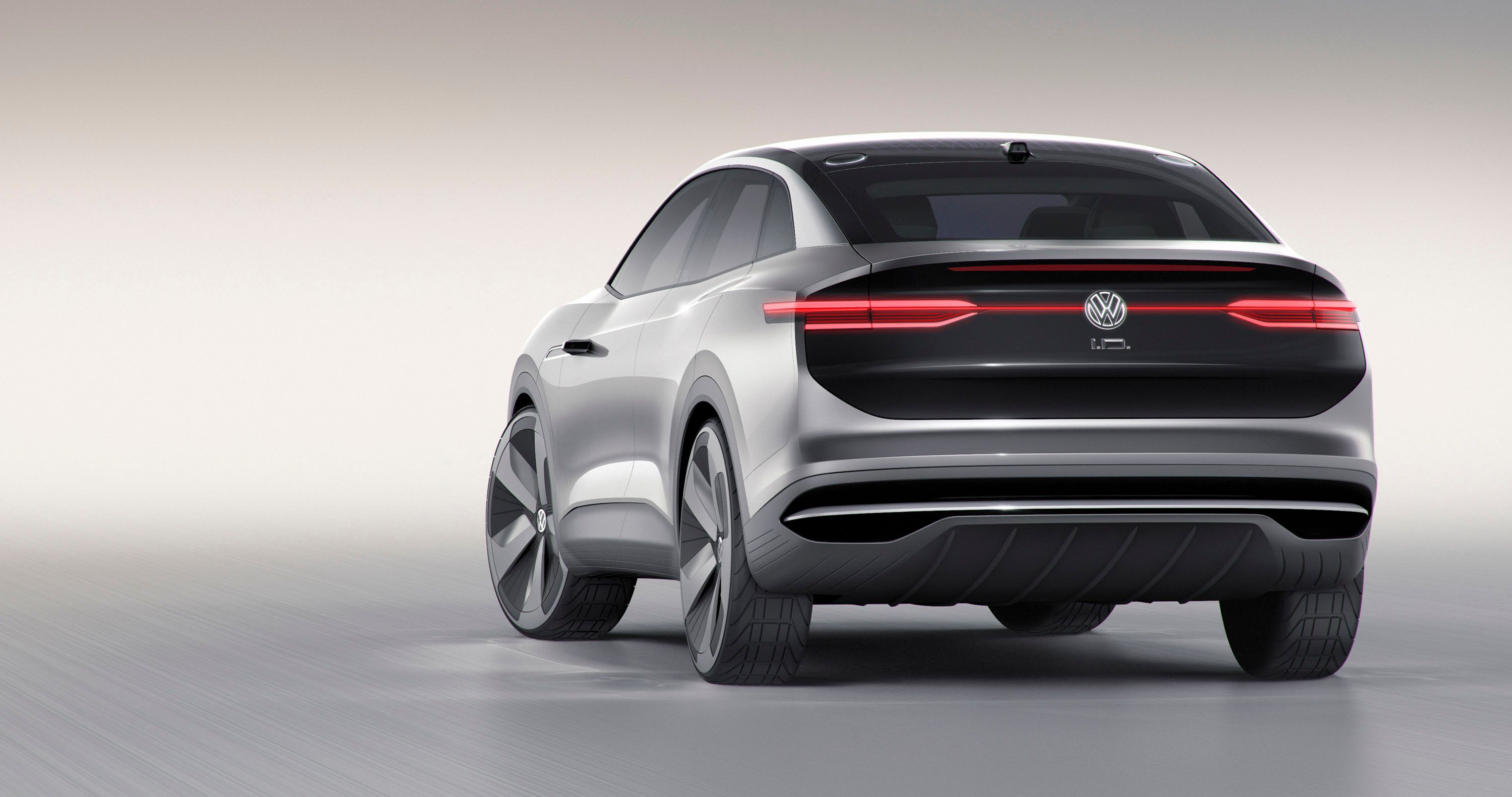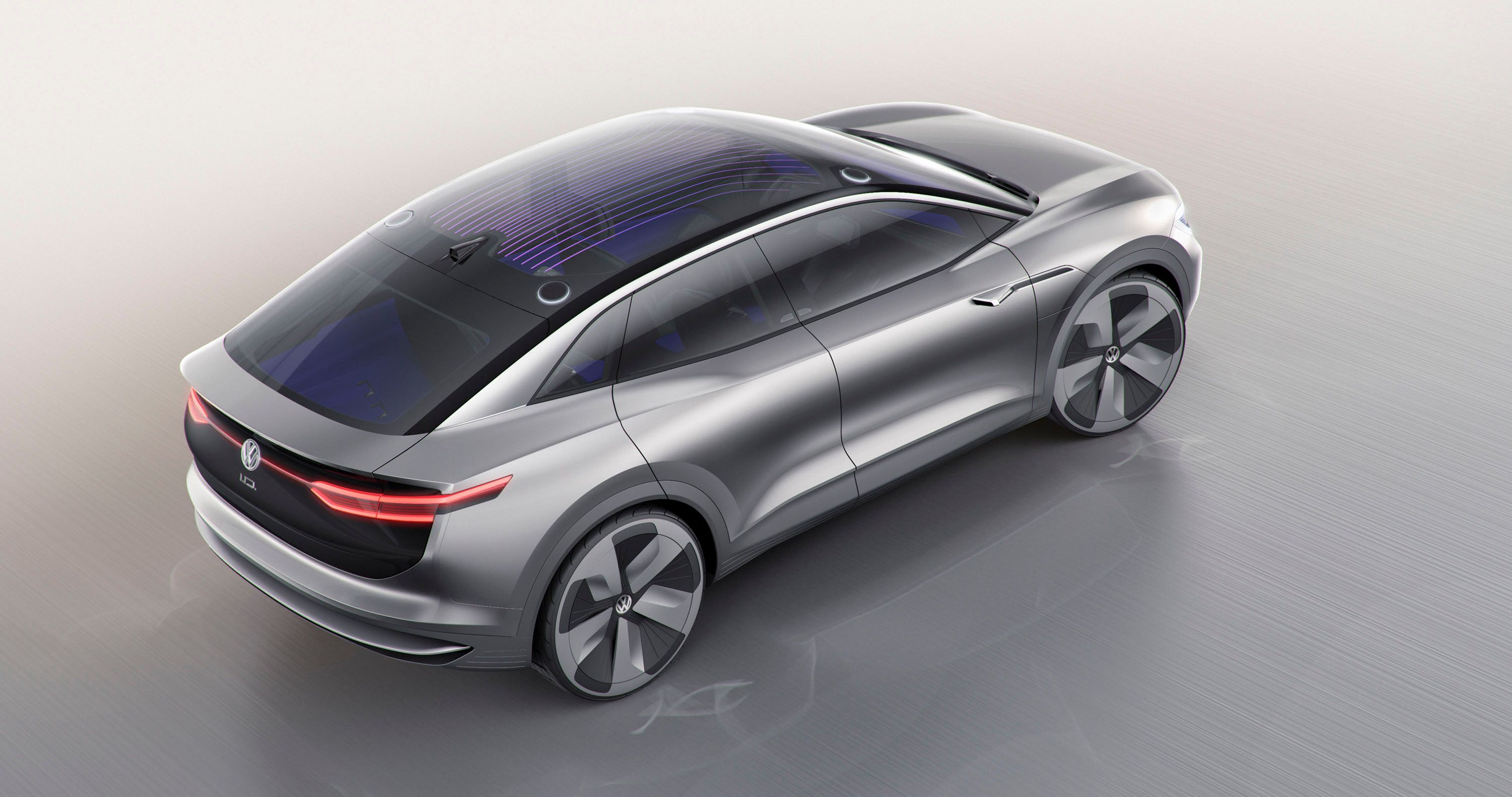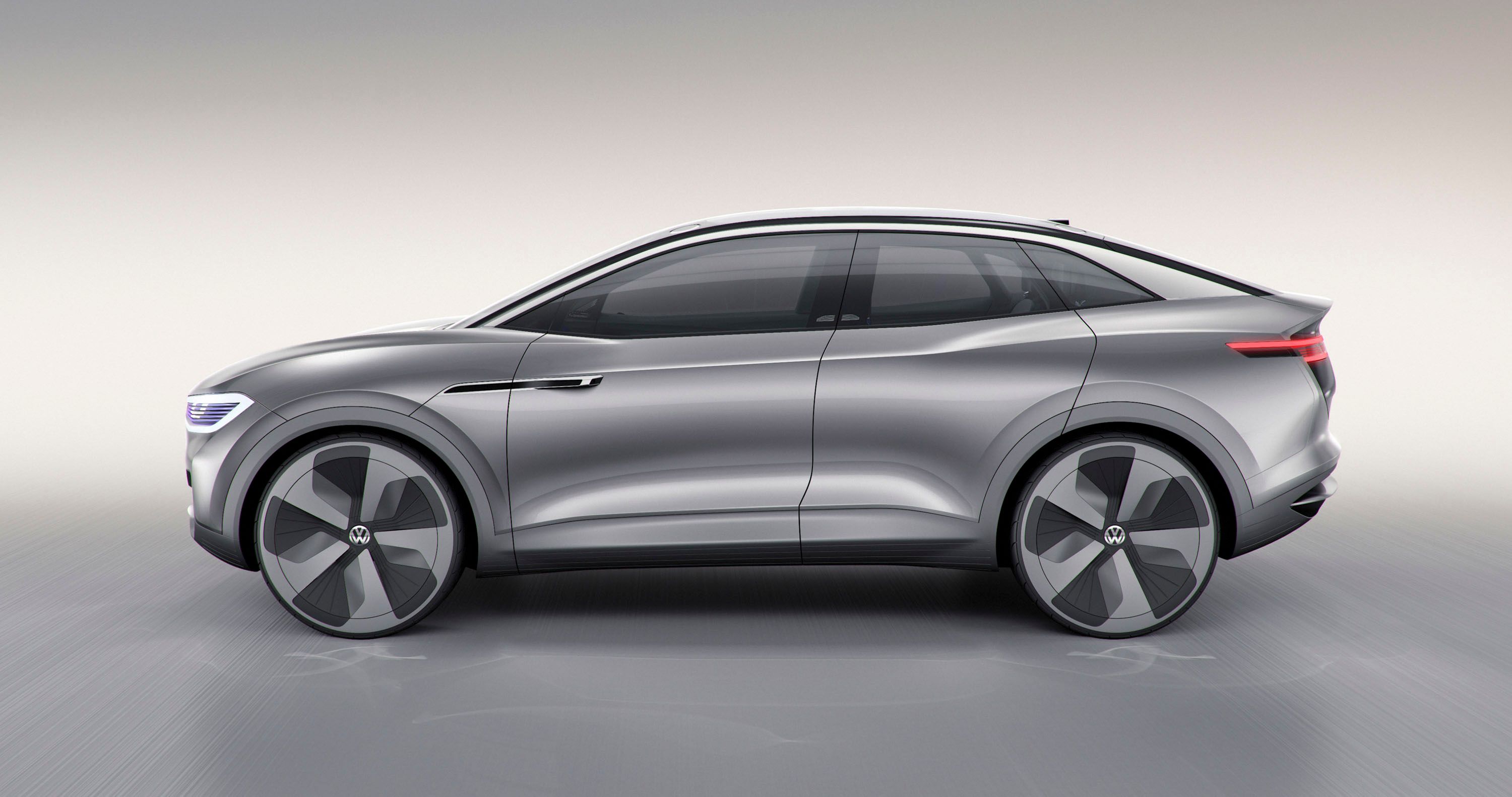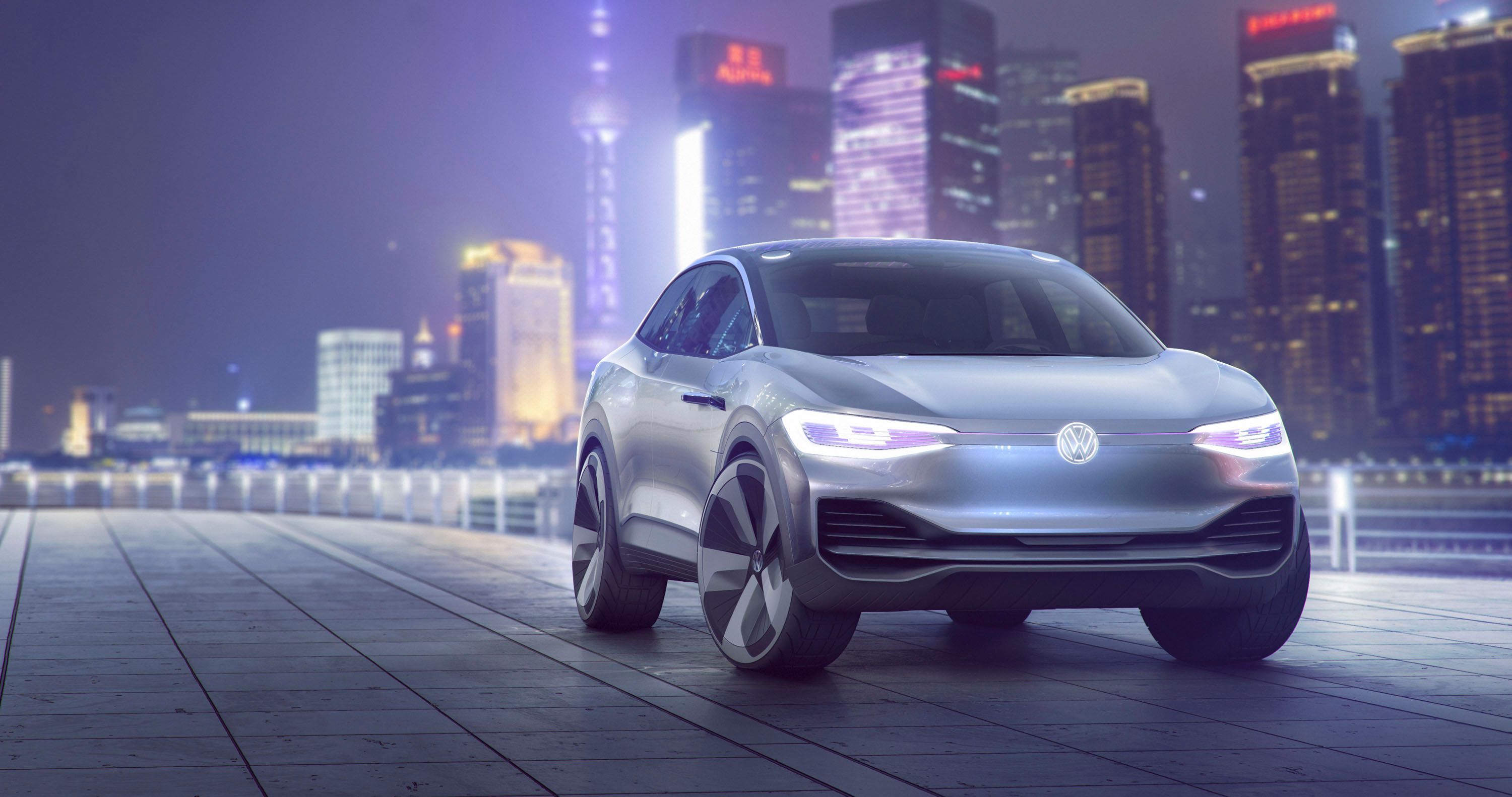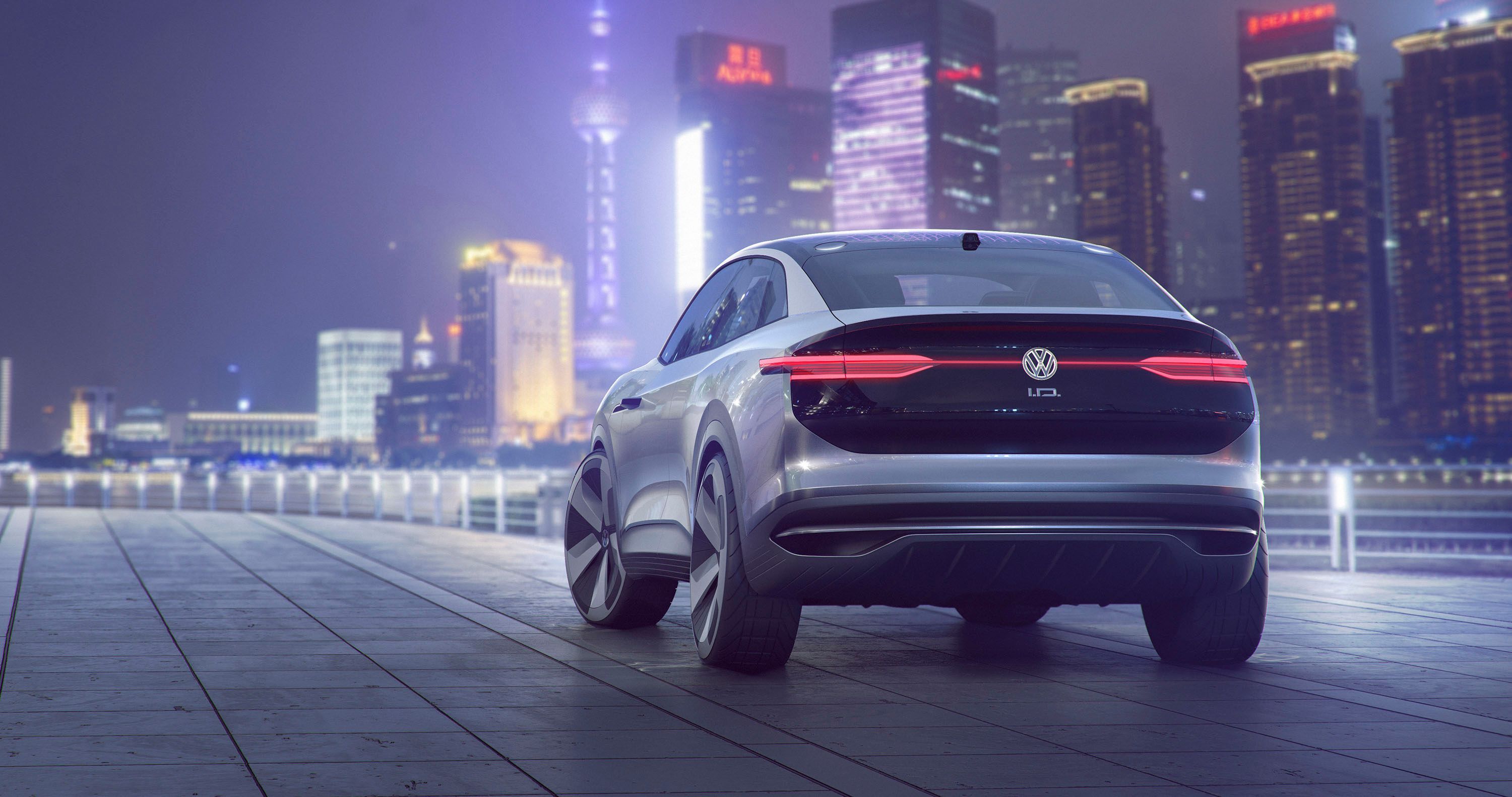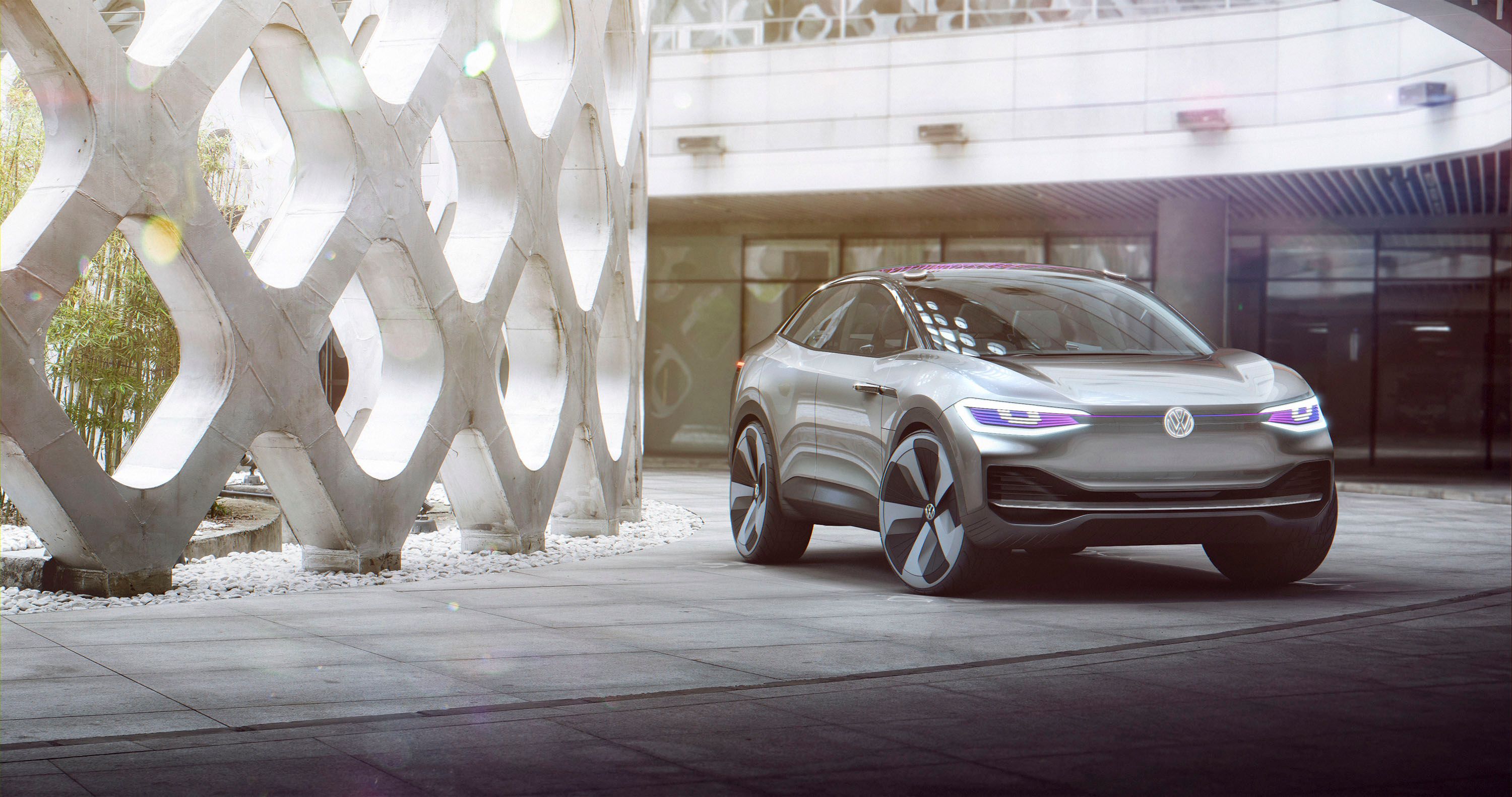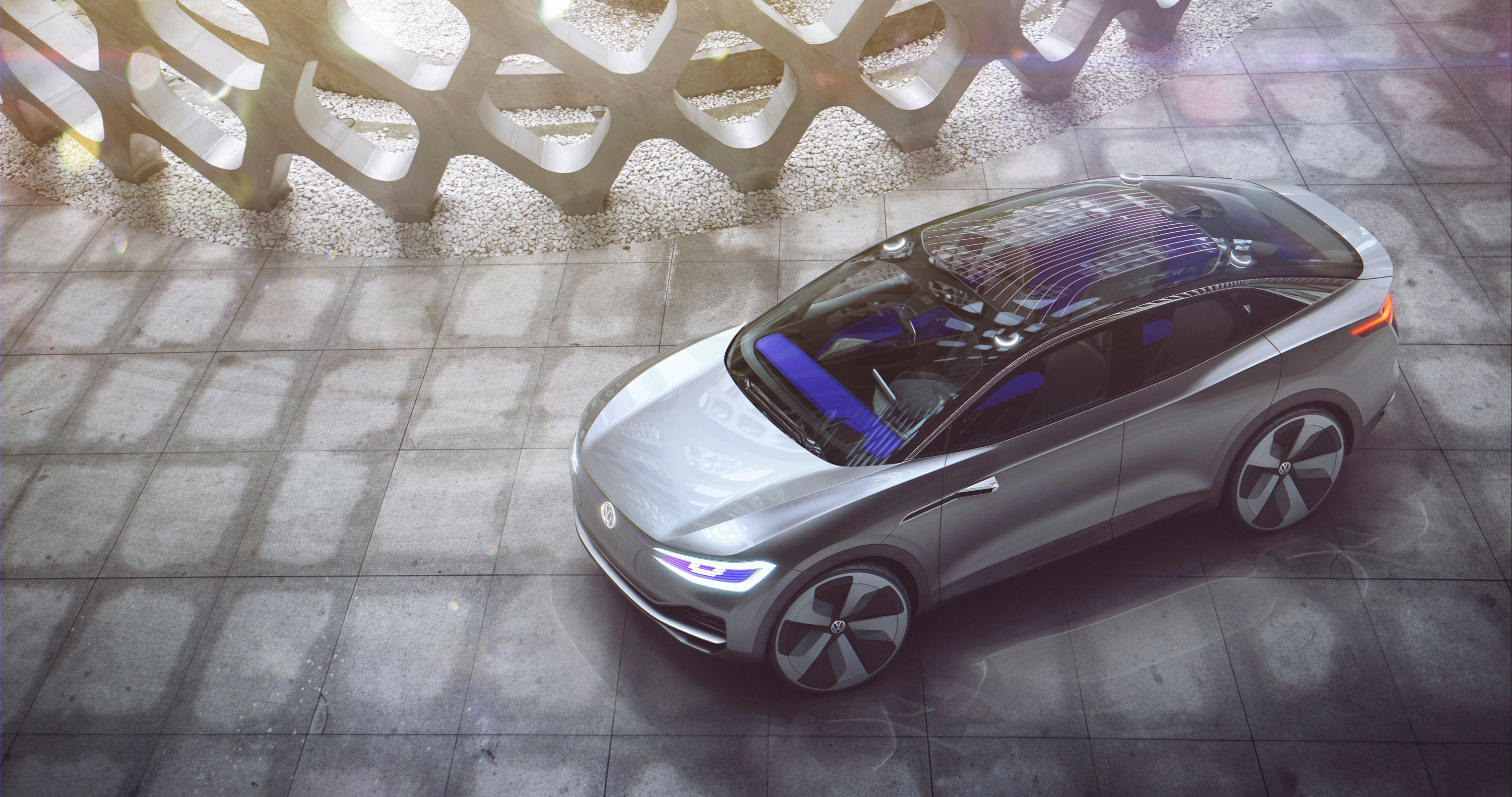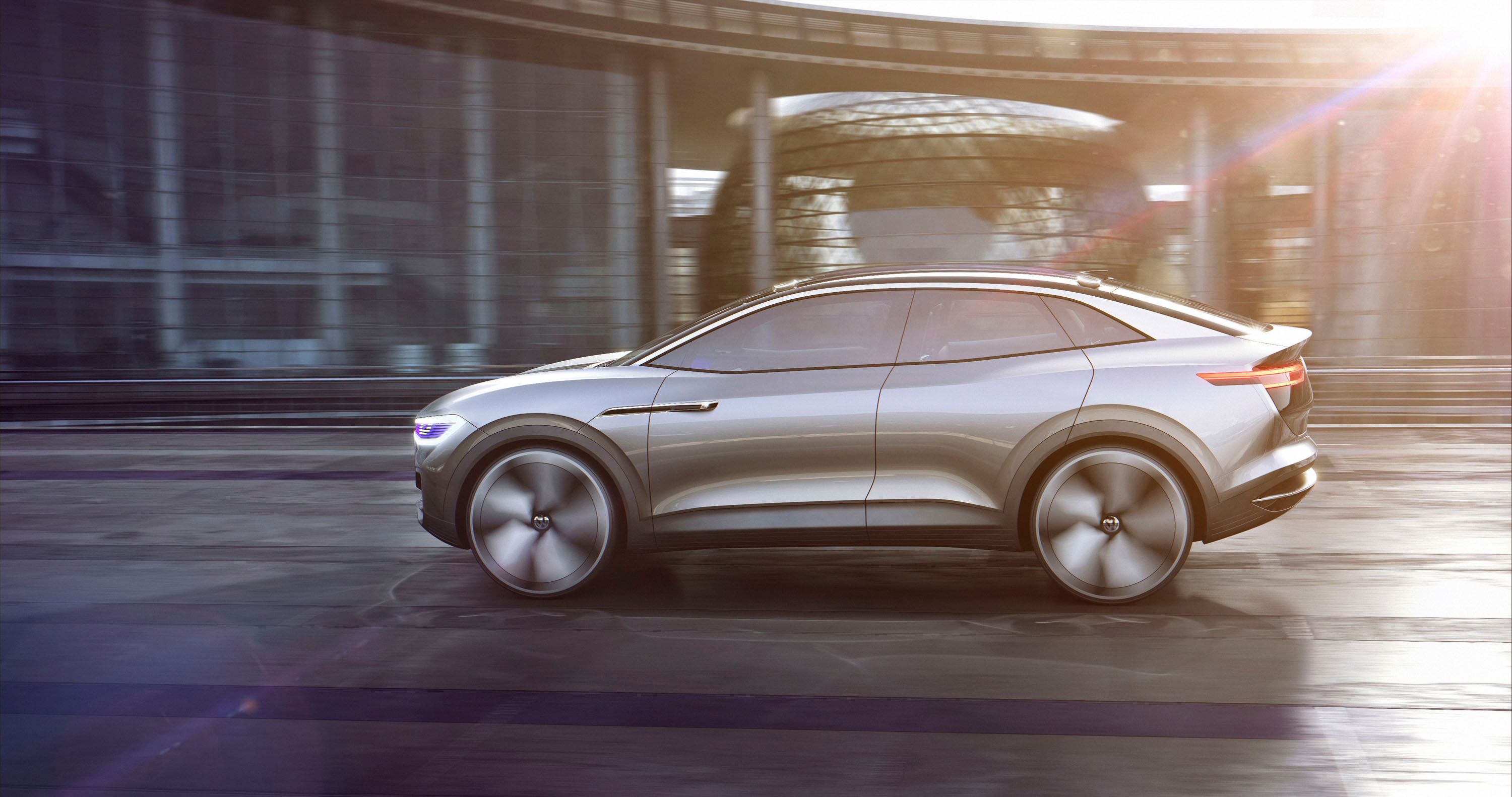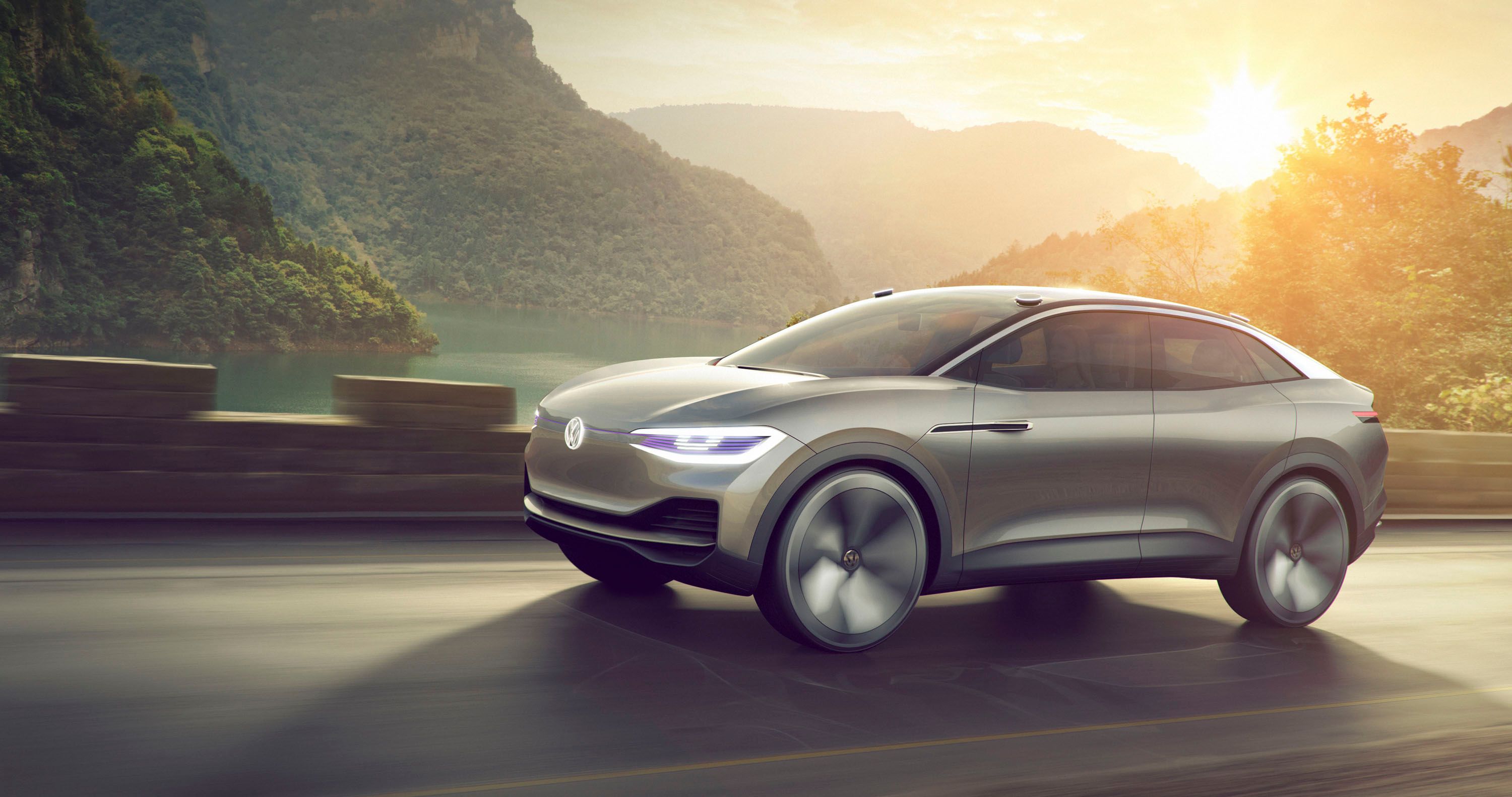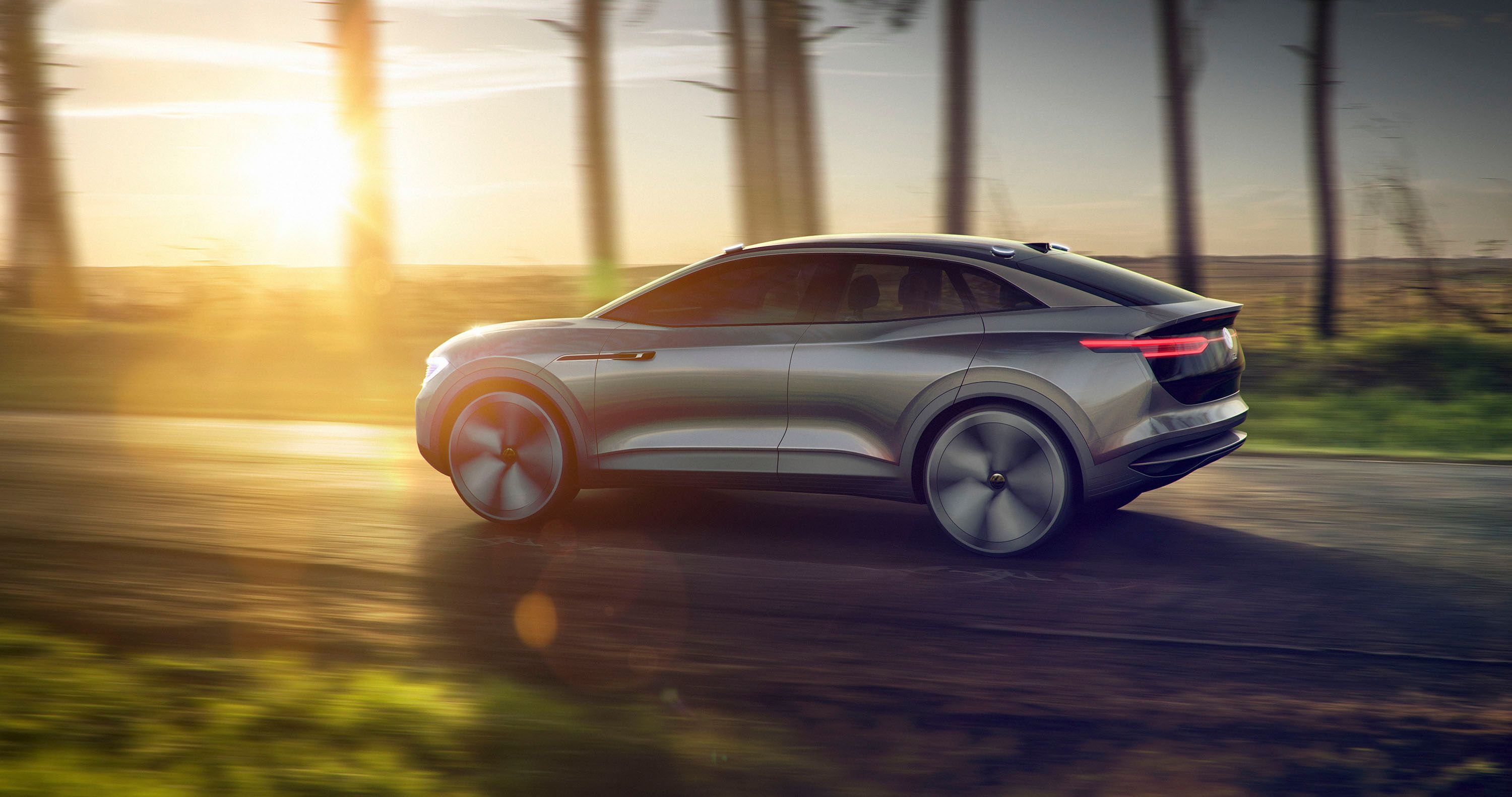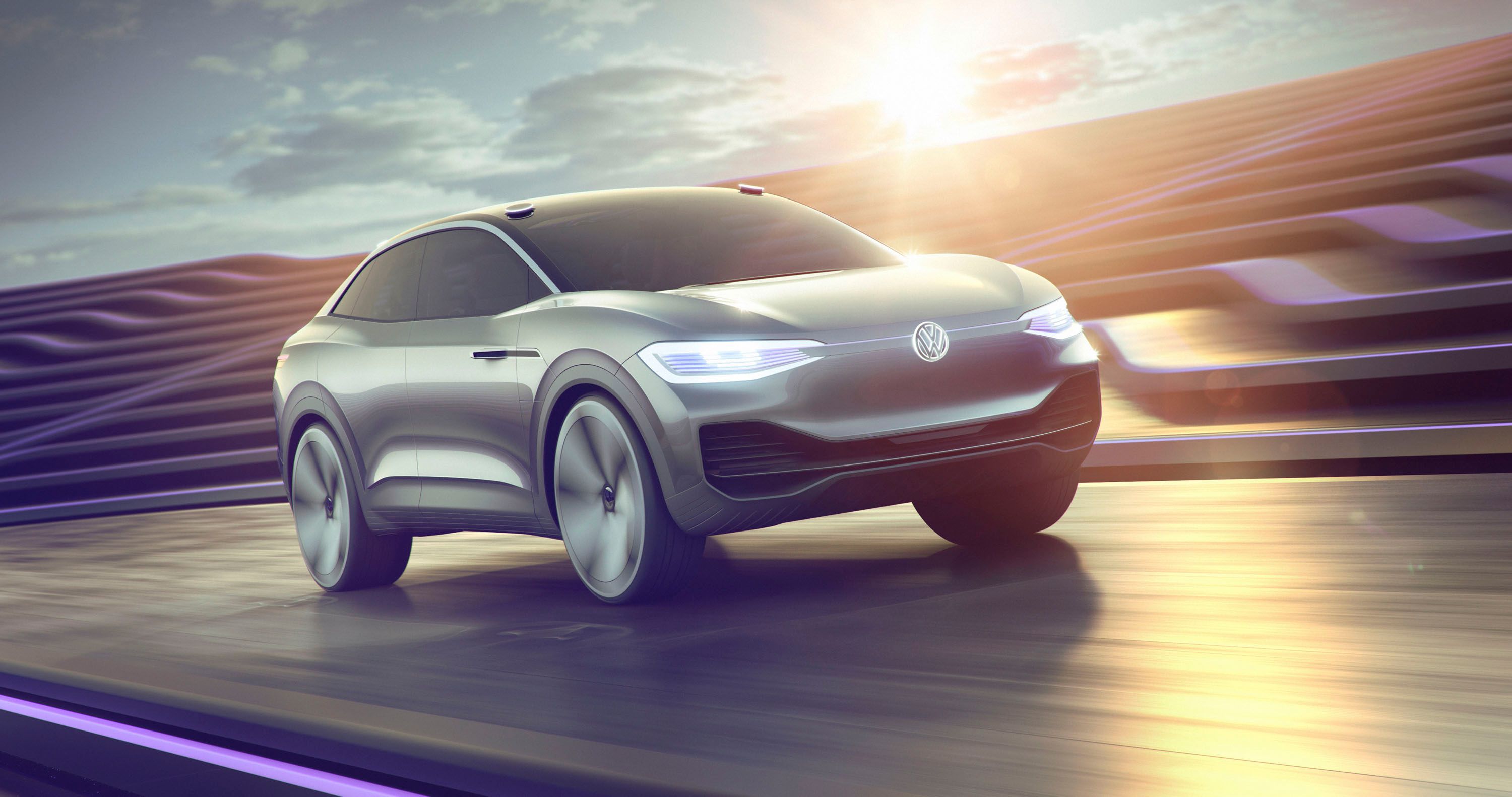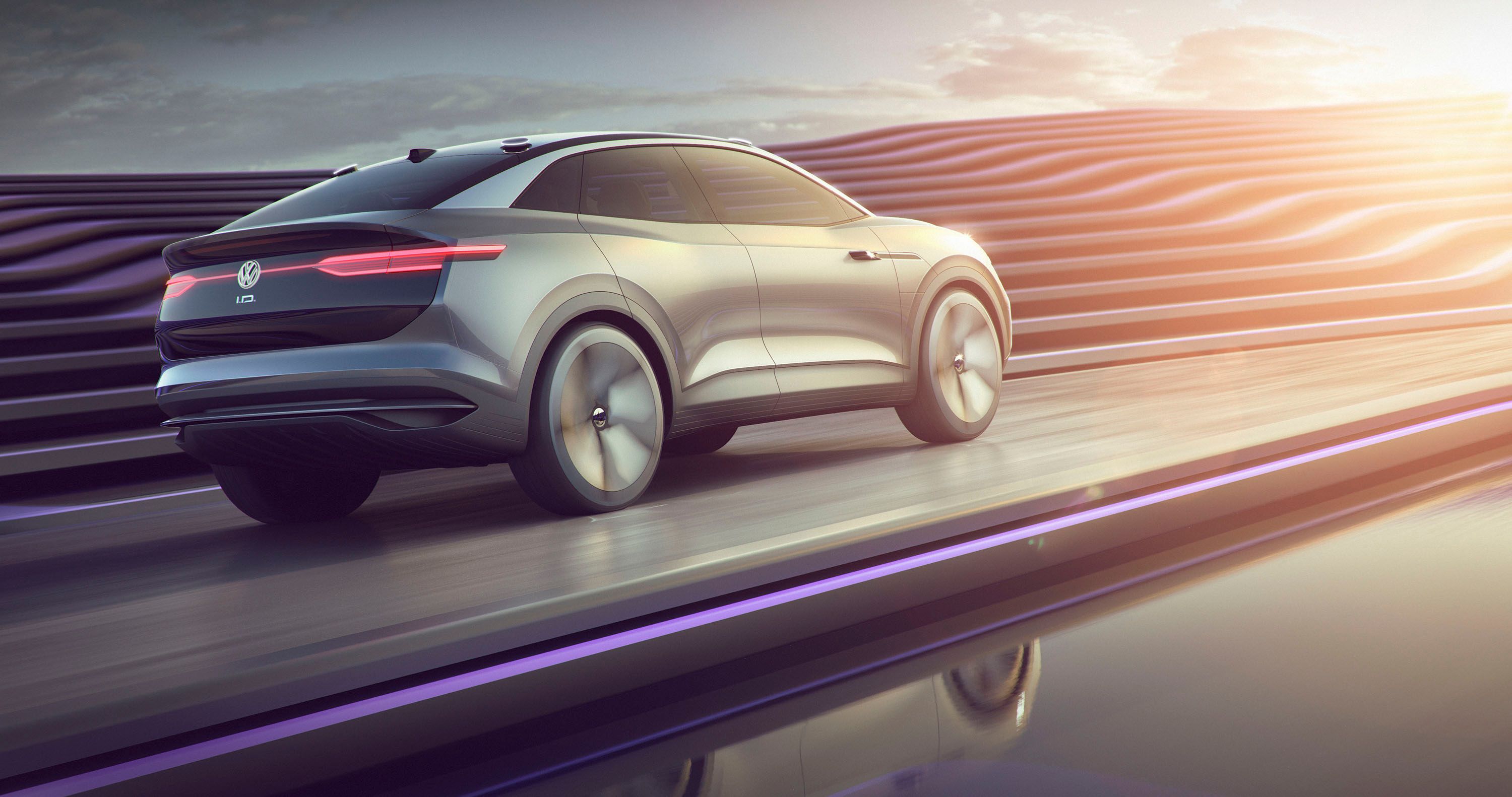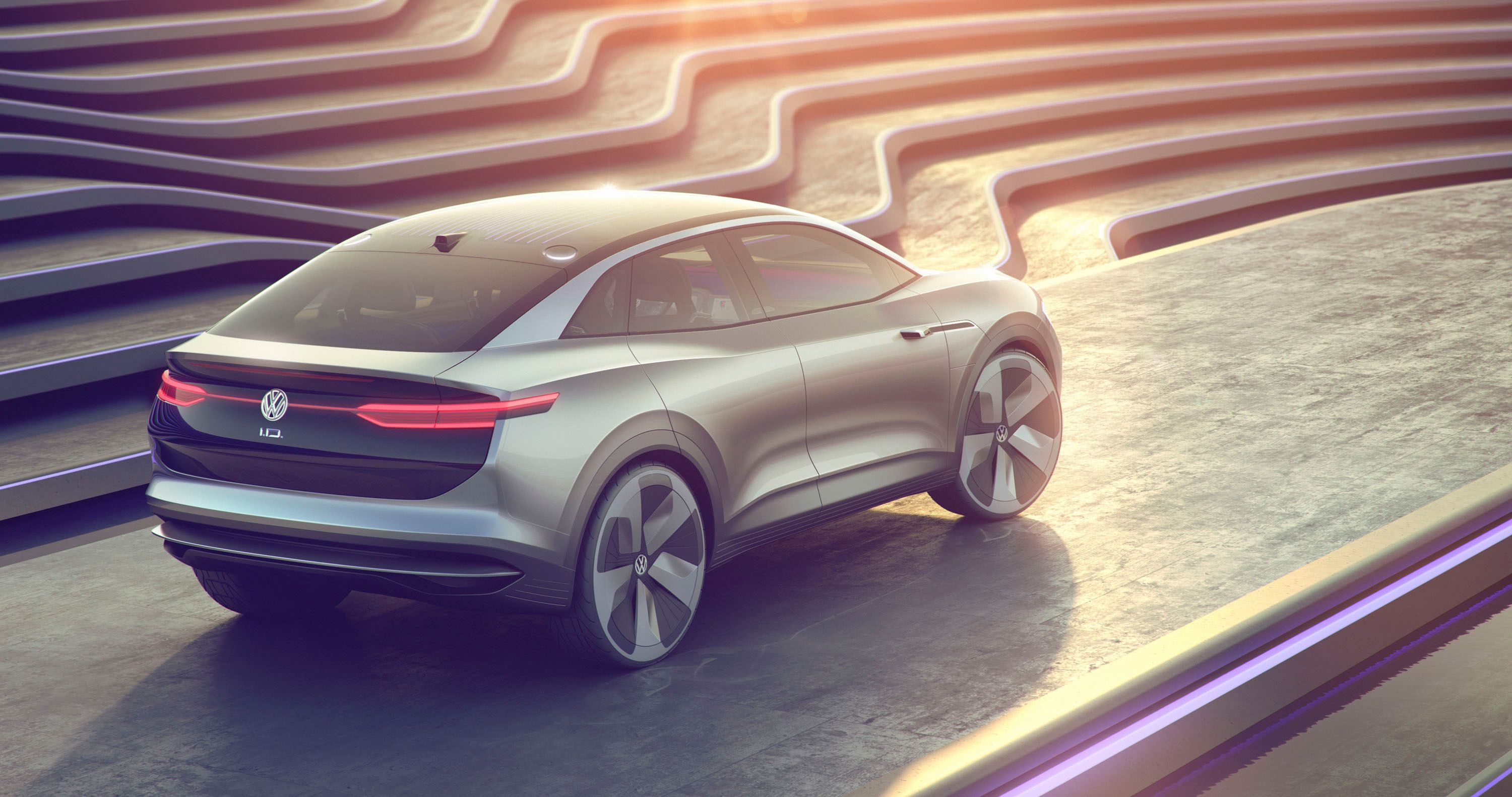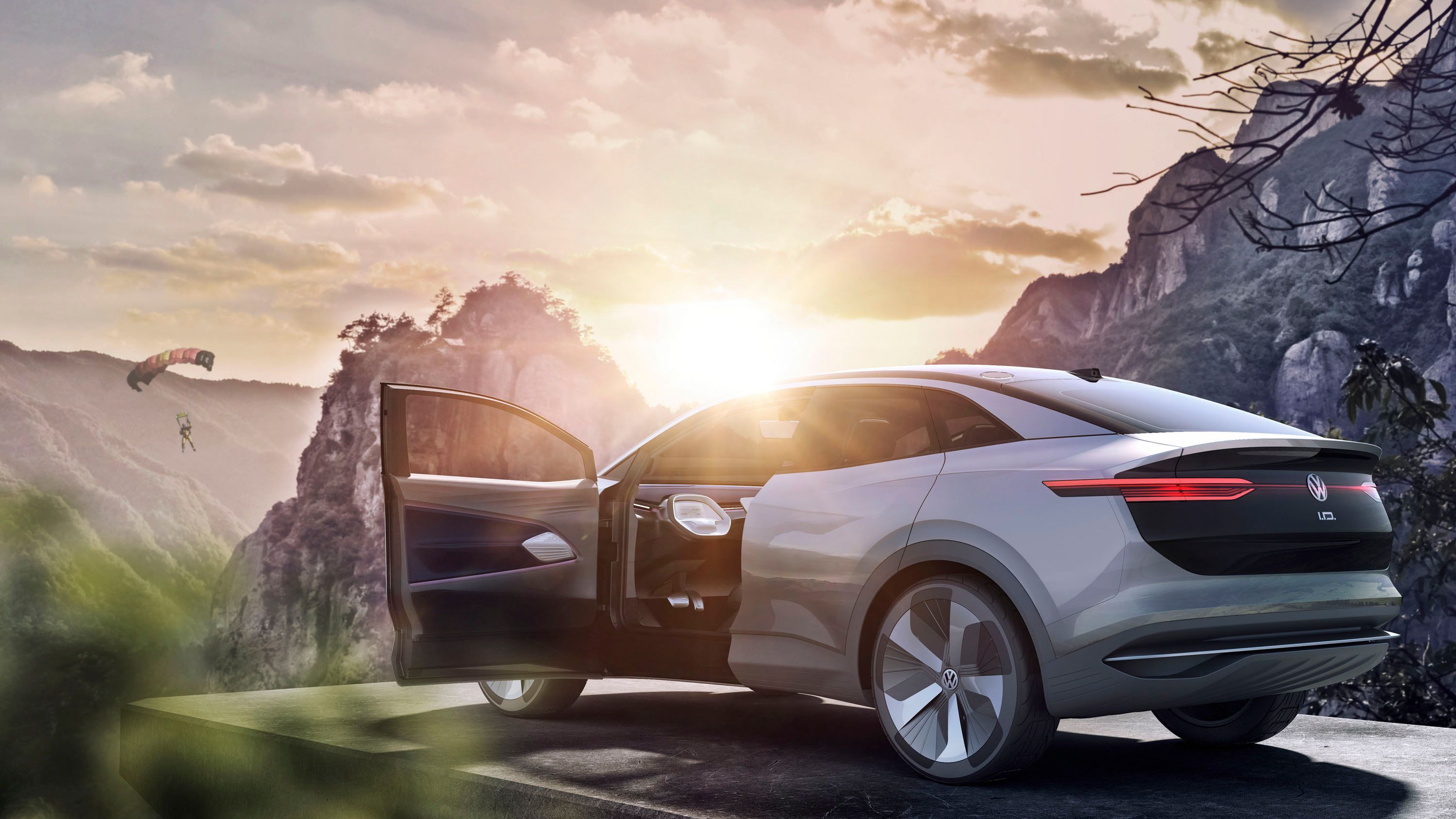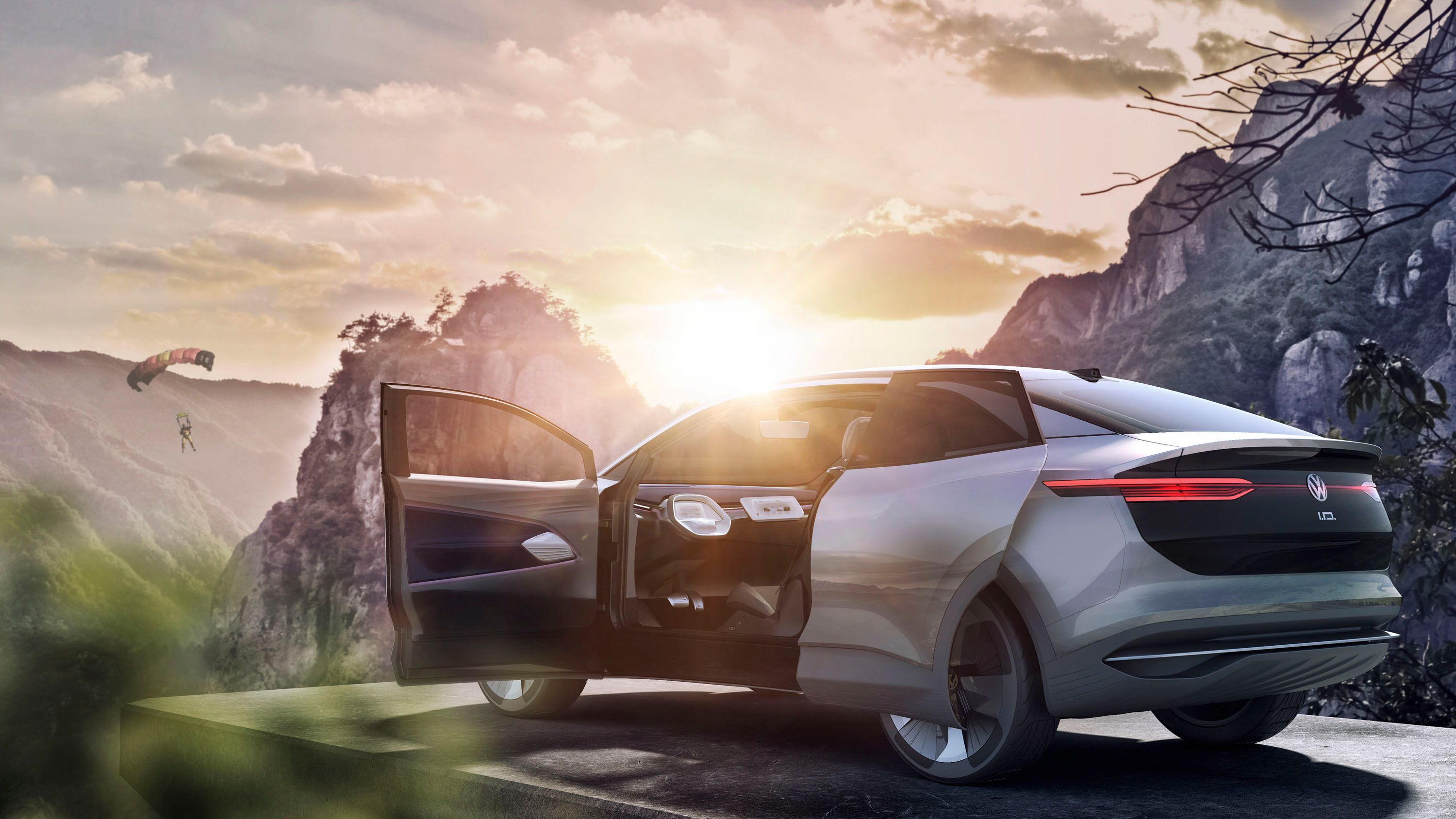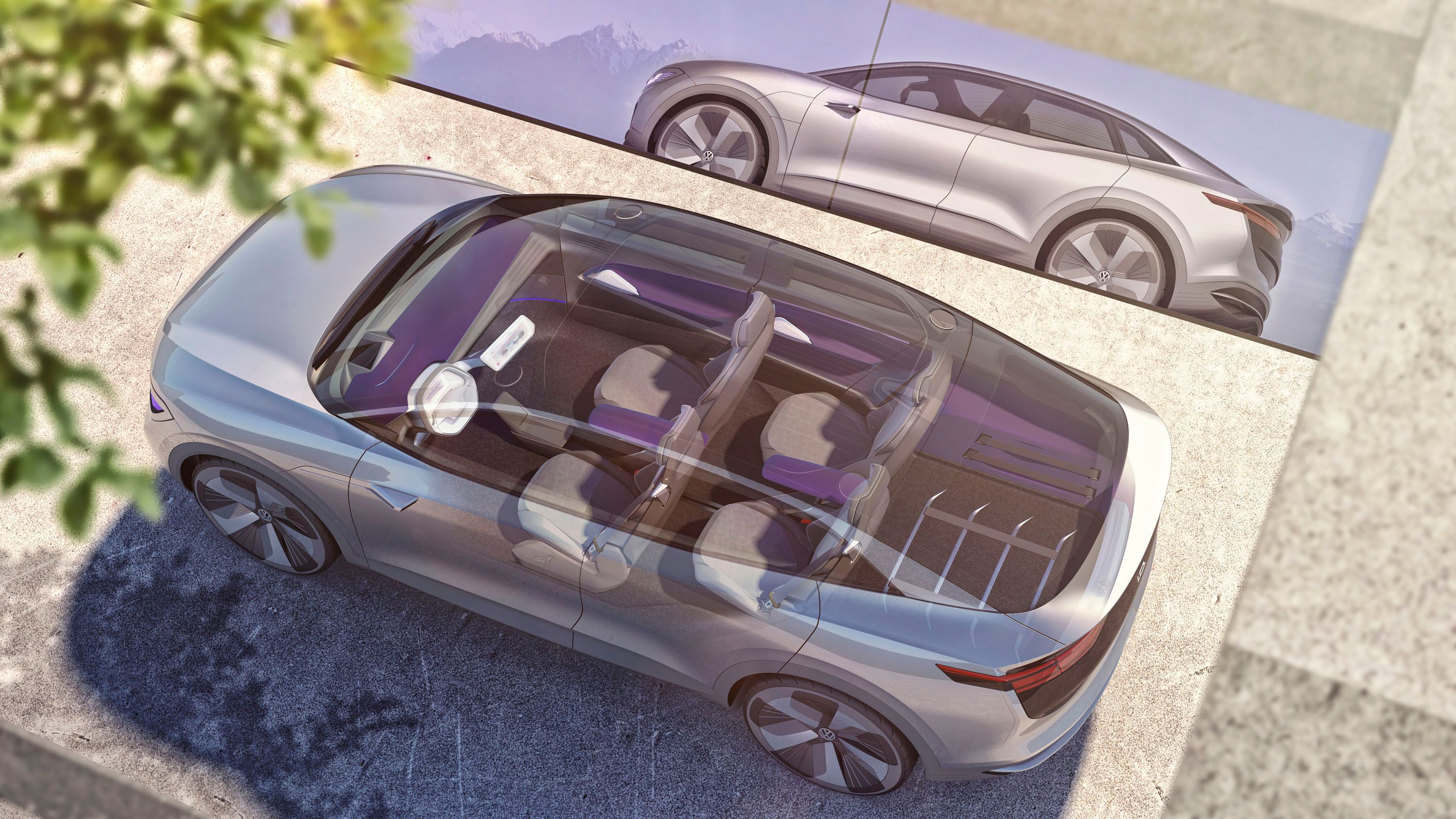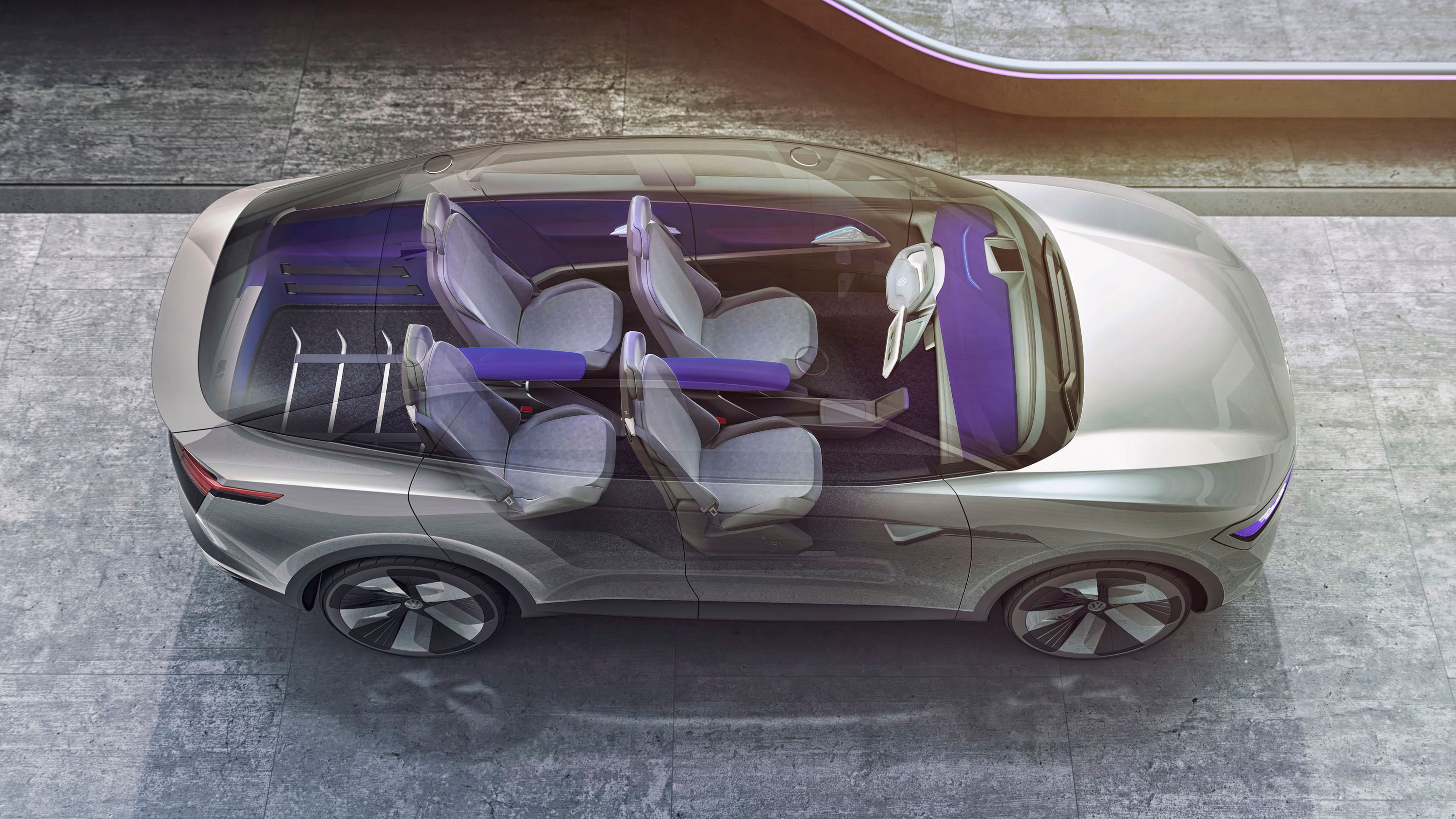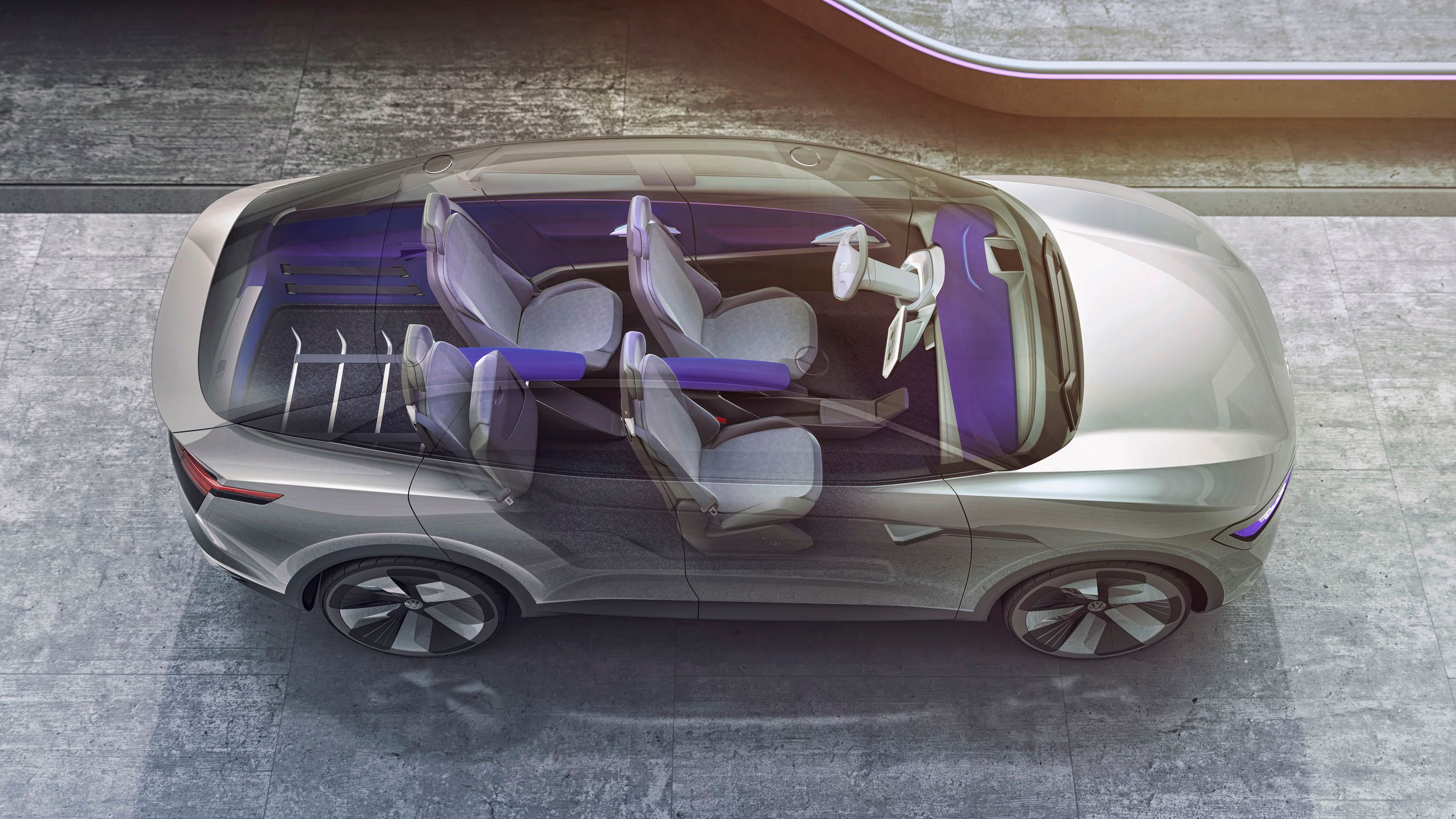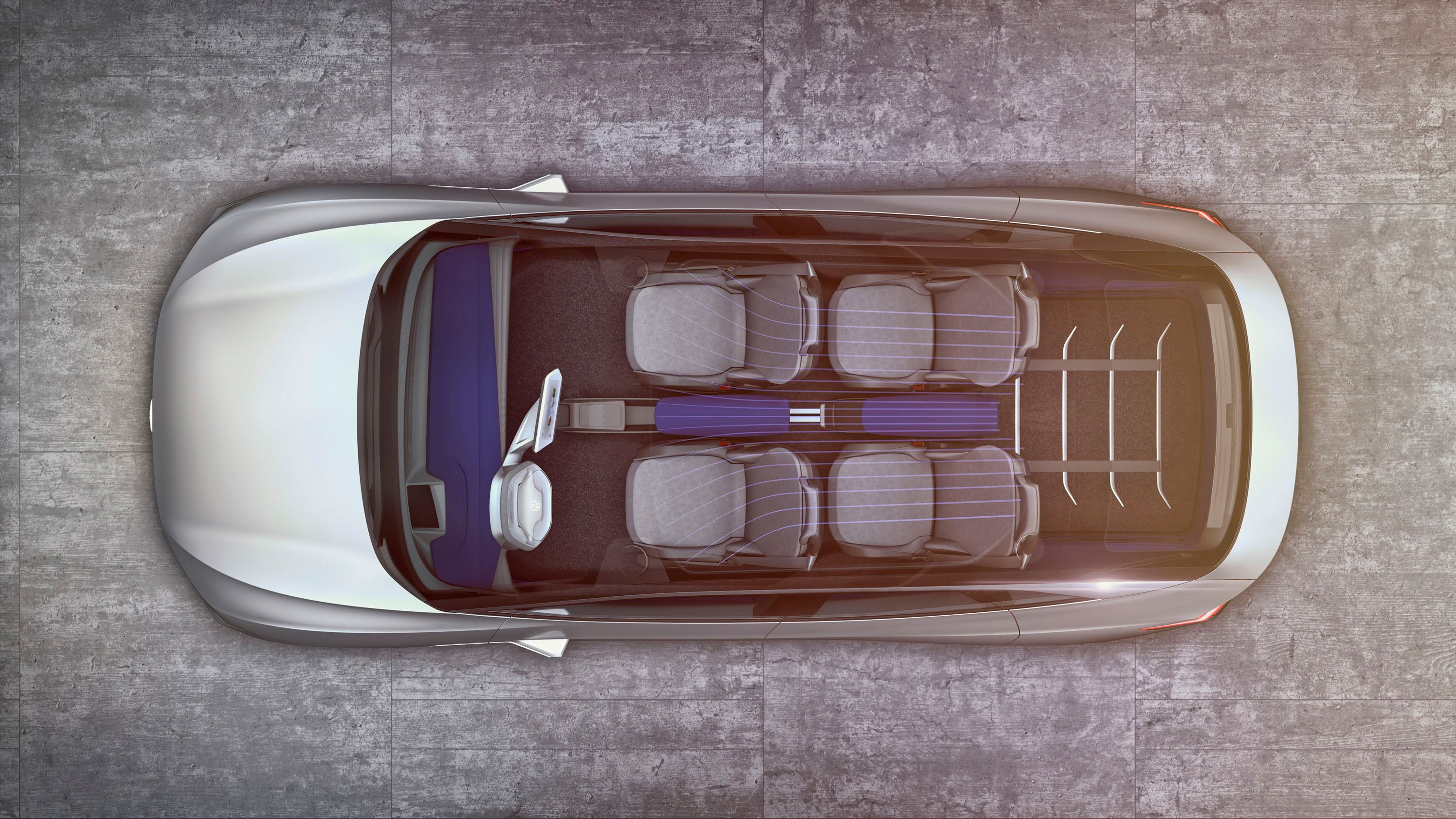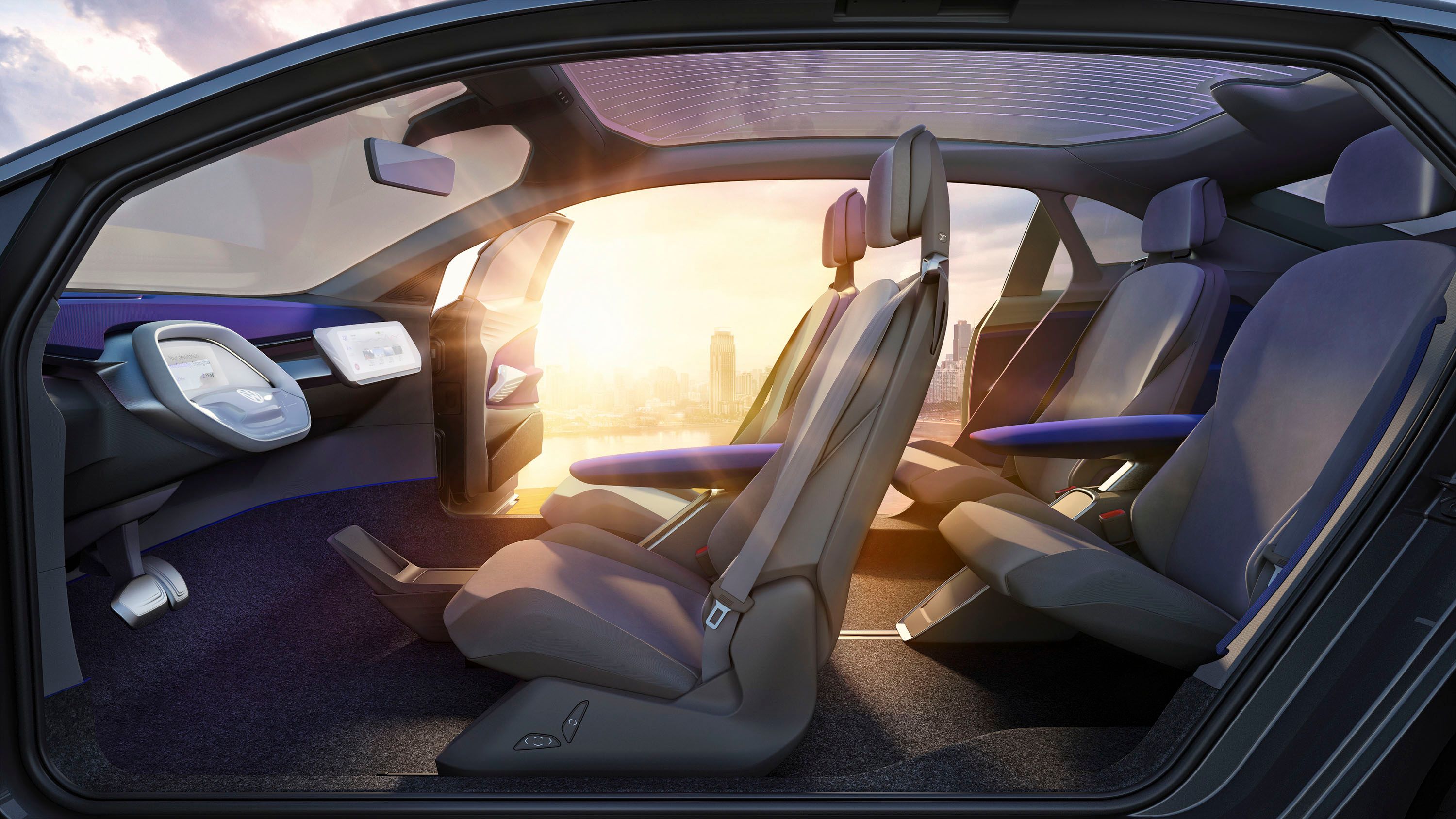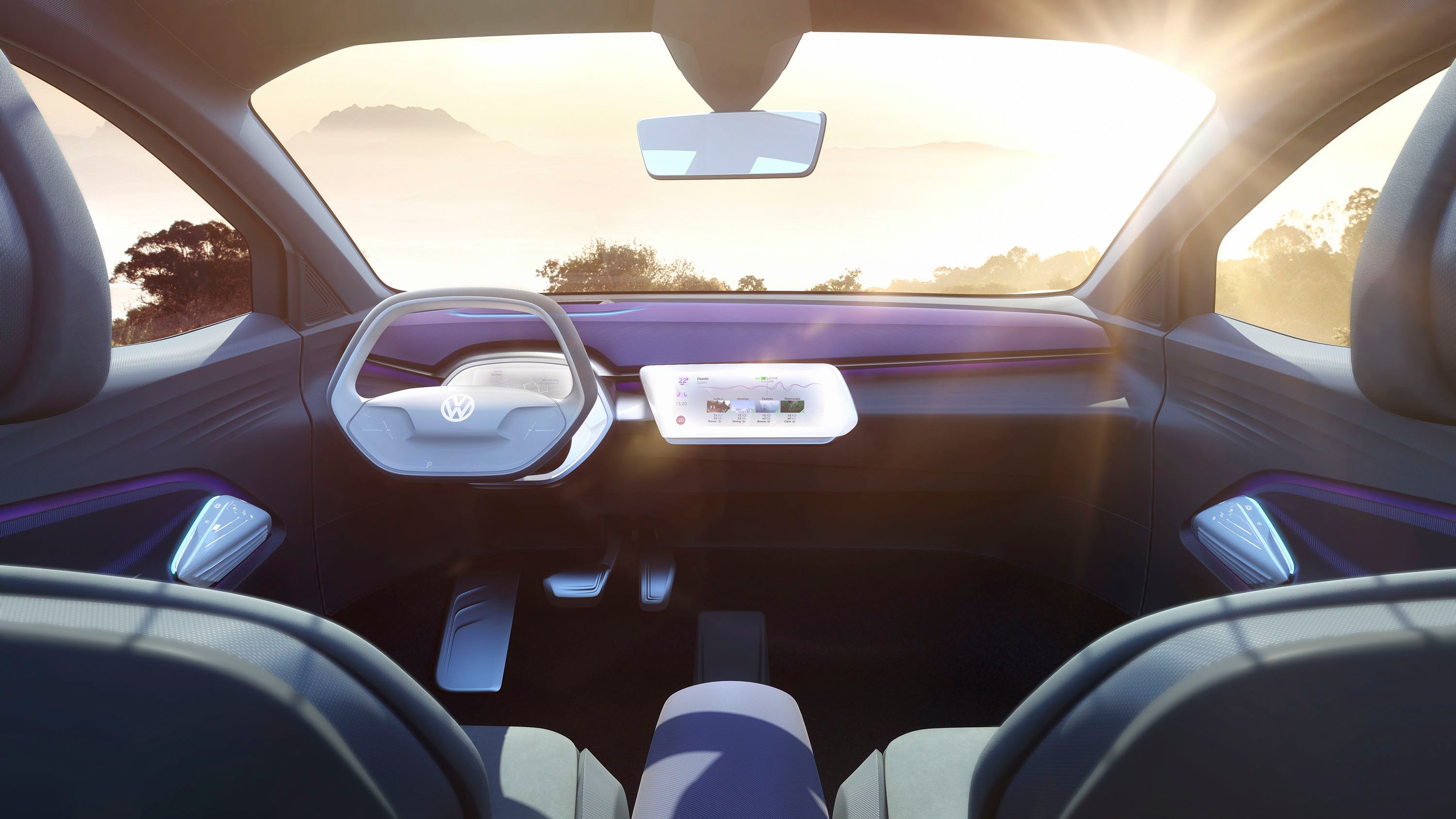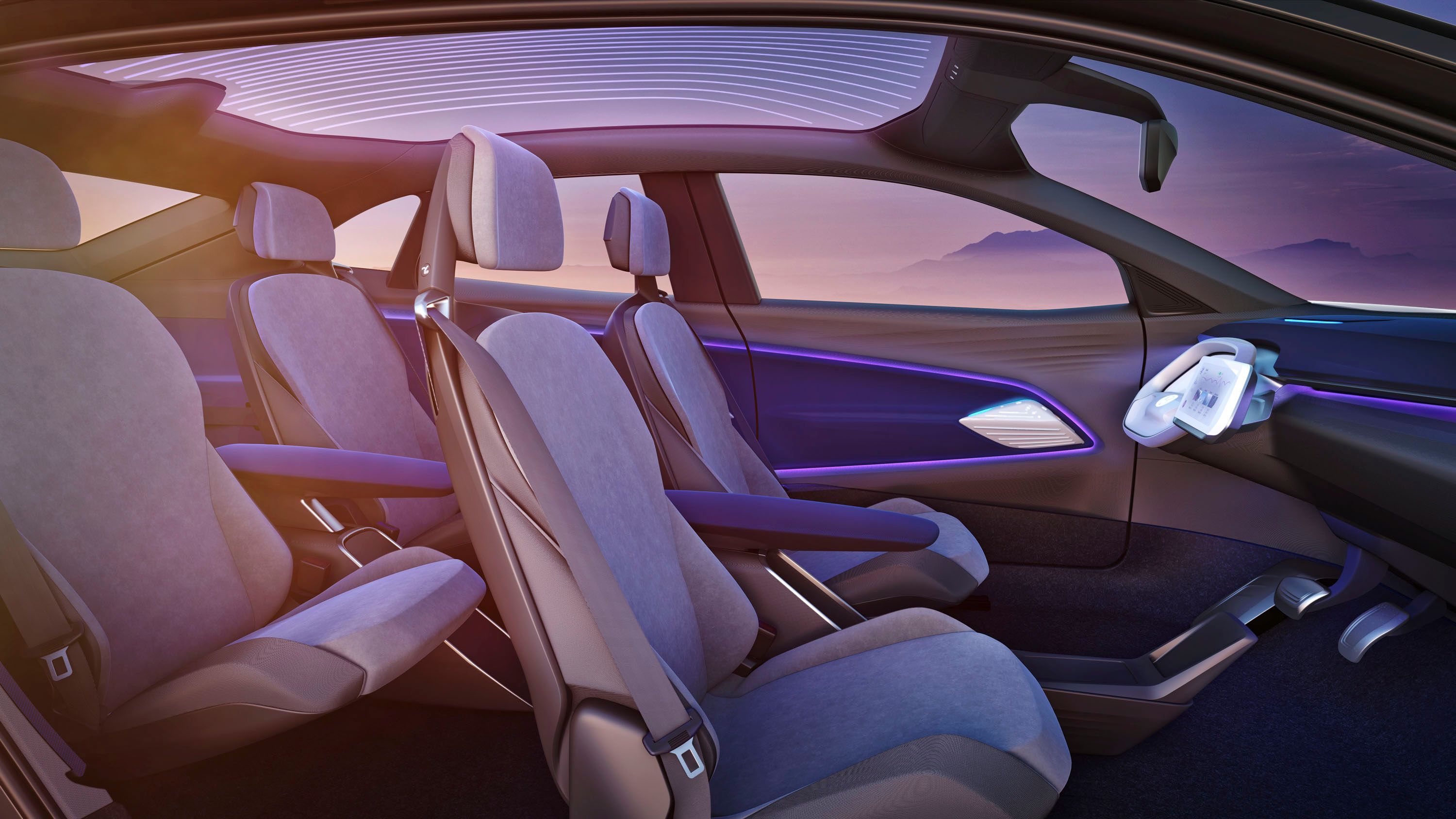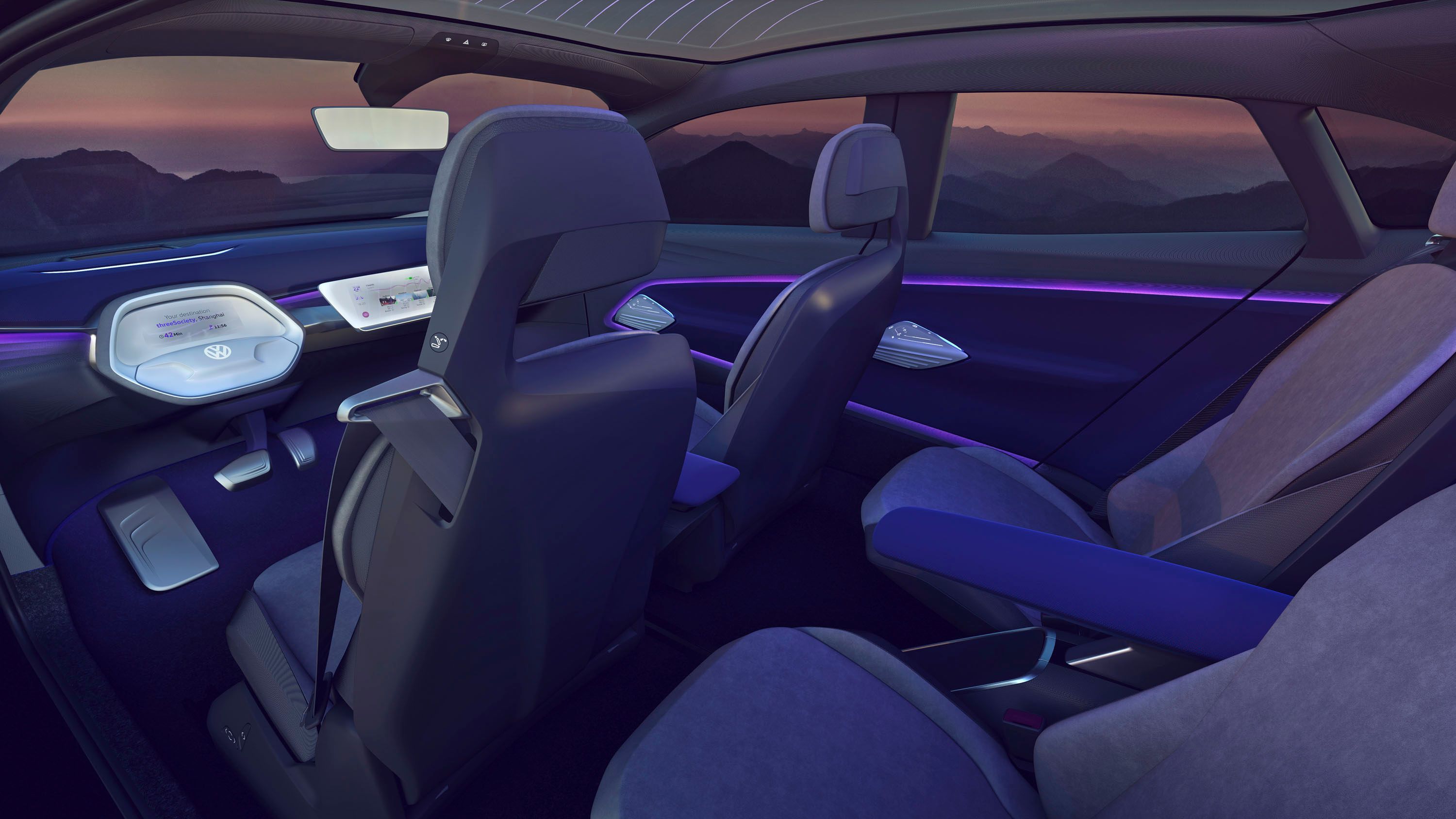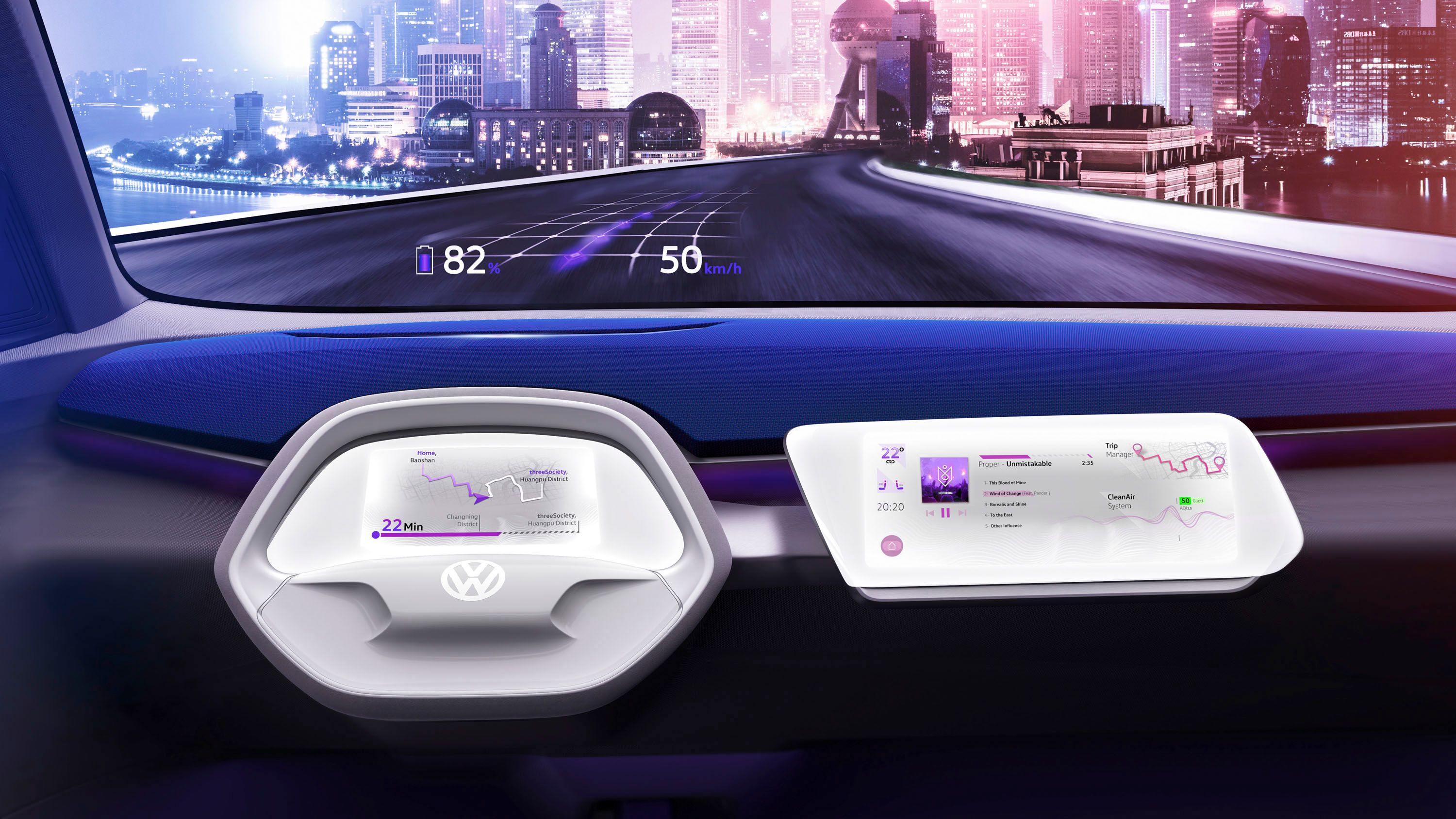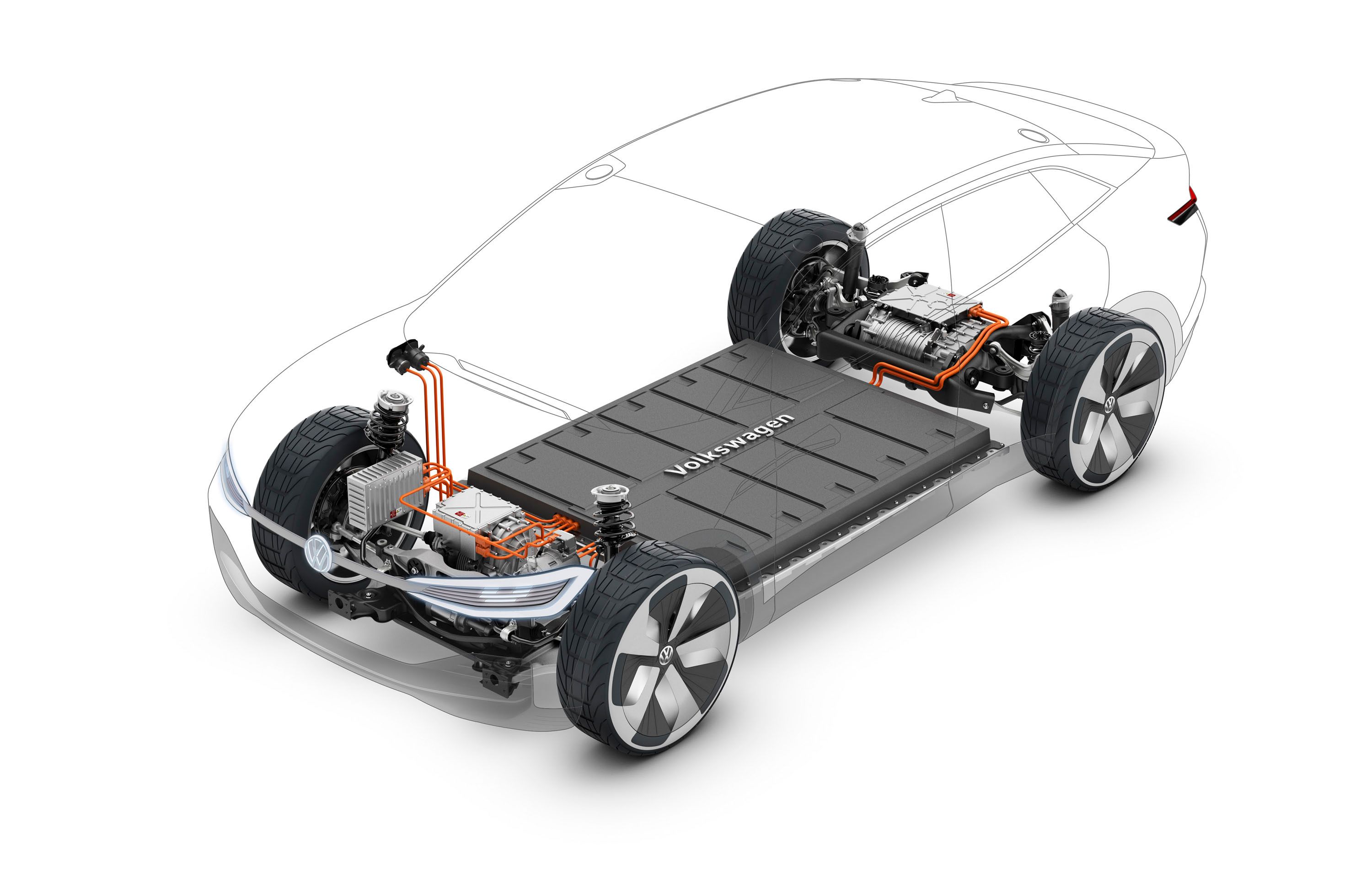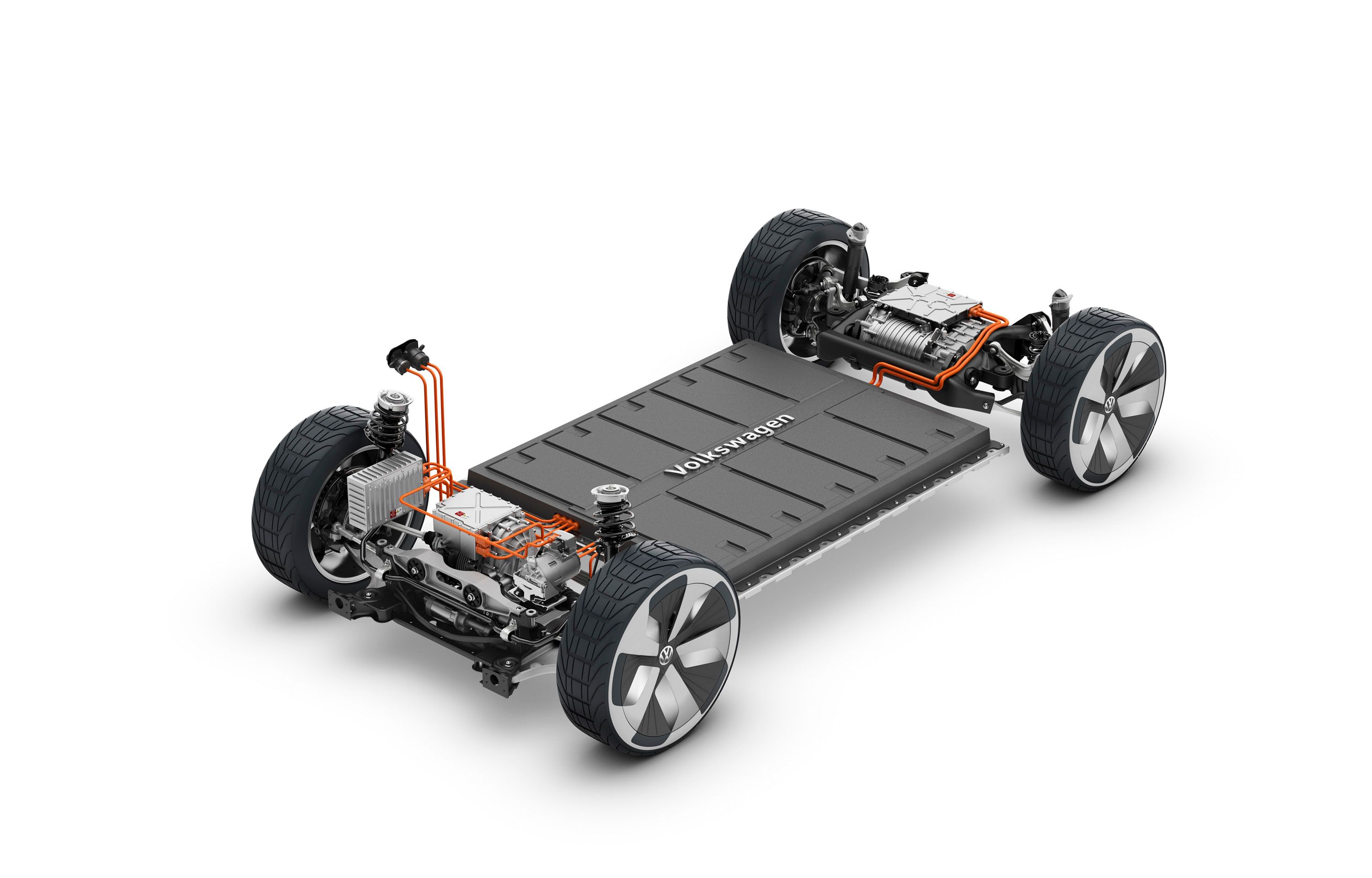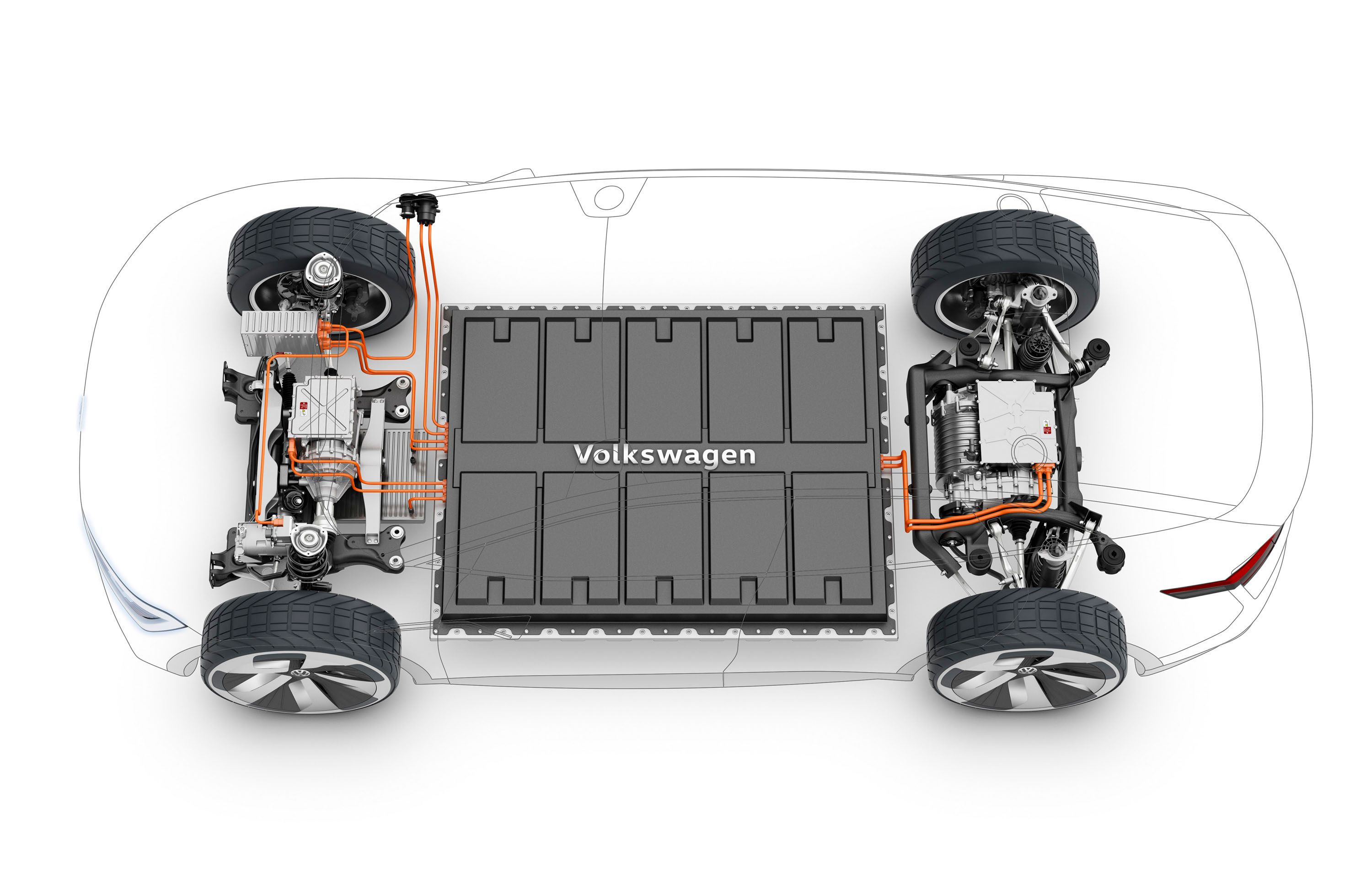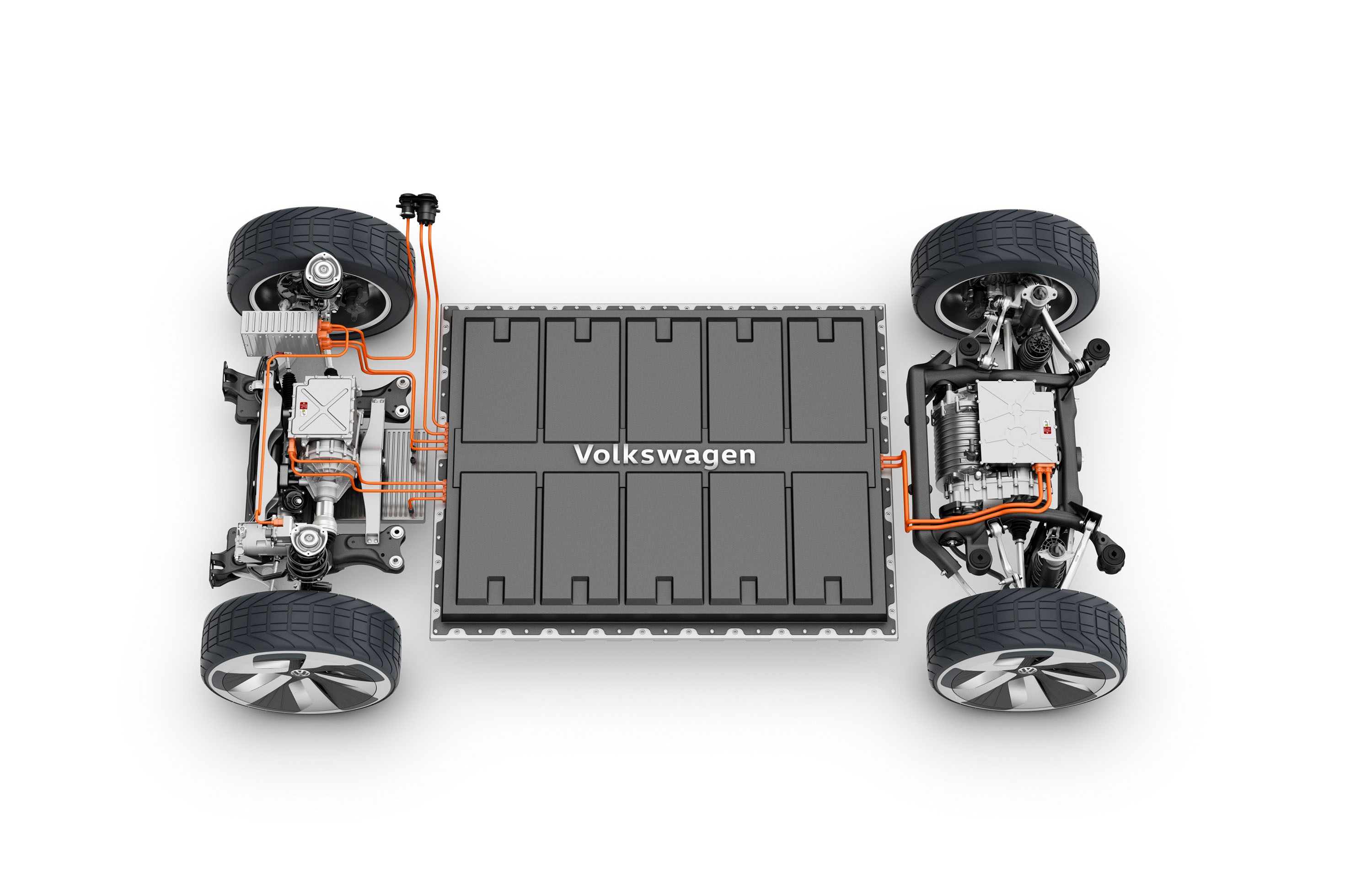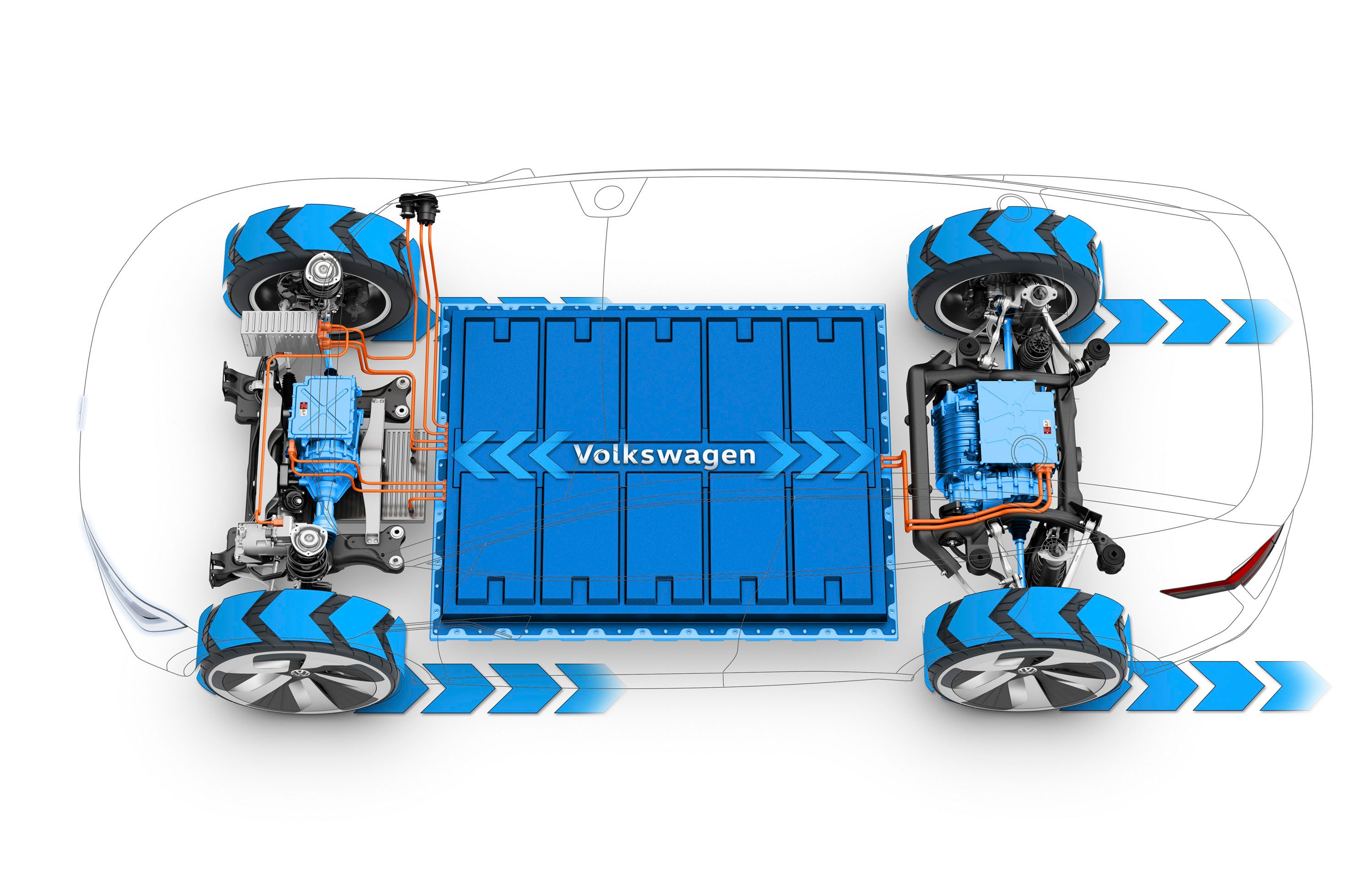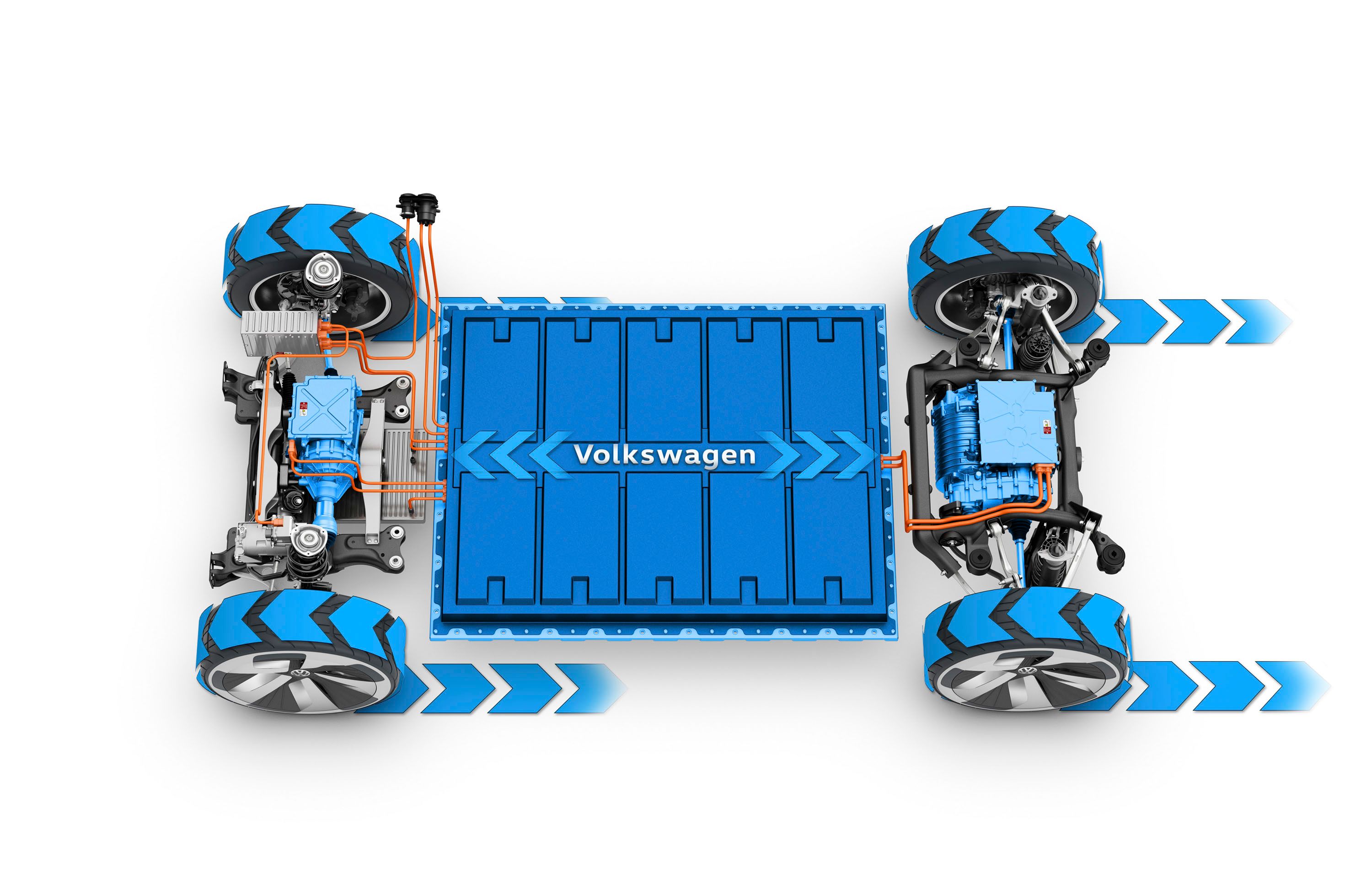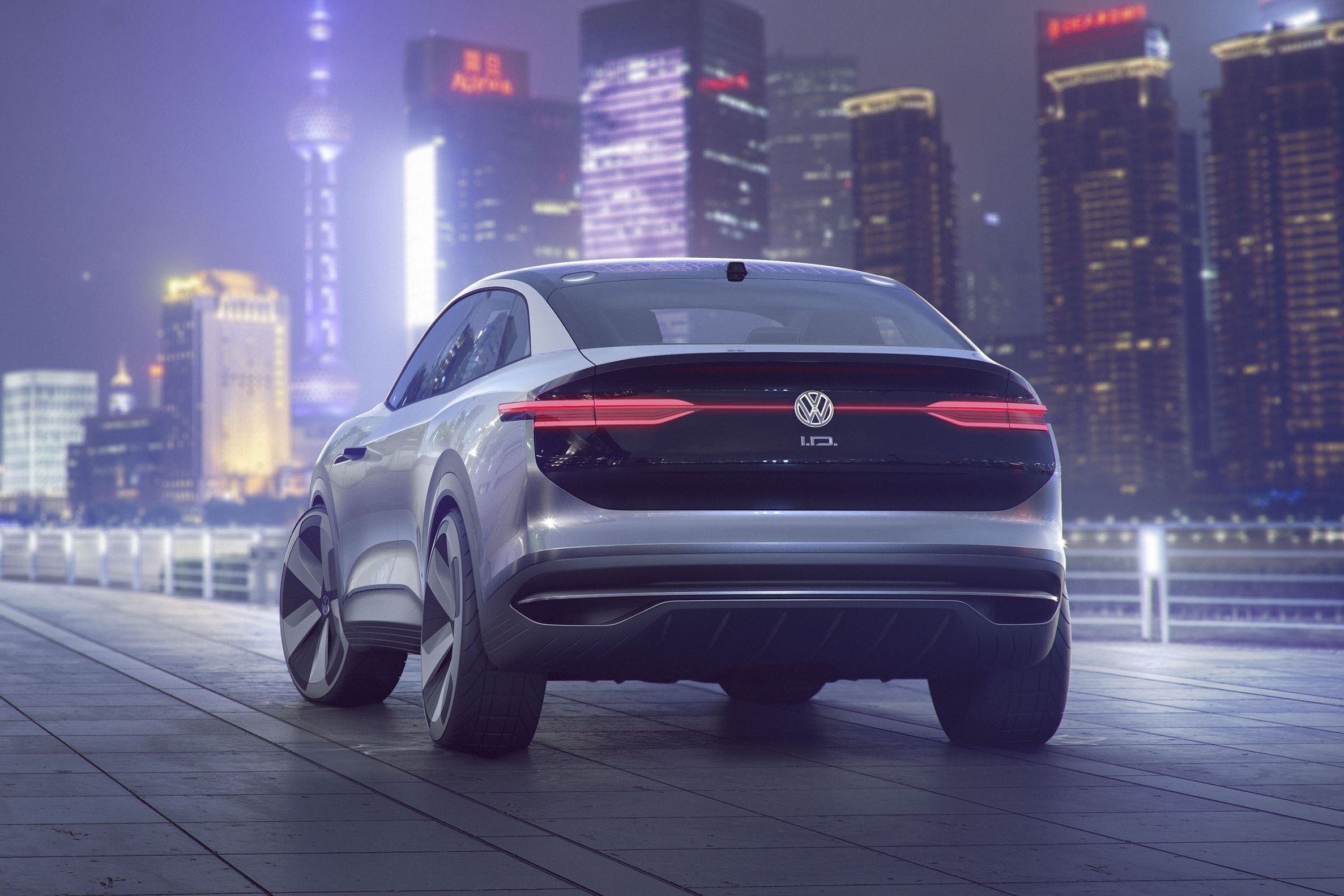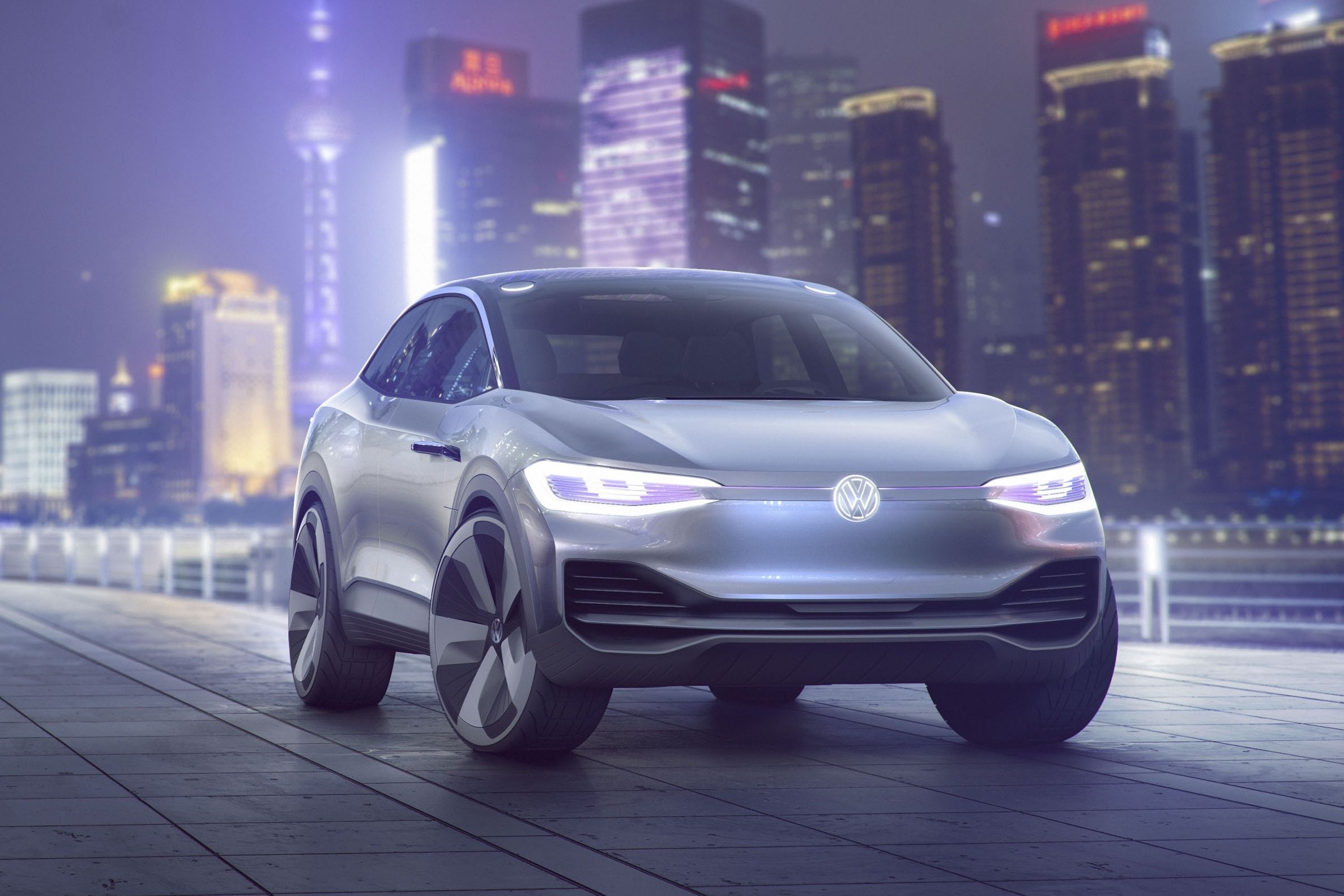With mud still on its face from the Dieselgate scandal, Volkswagen is dead set on cleaning up its image. Gone is its focus on diesel and gasoline powerplants, now replaced by an all-electric future. While the internal combustion engine still has many years left with the German automaker, its executives have set a goal of 1 million EV sales a year. That’s a massive undertaking, but Volkswagen seems properly poised for the sprint. The latest in VW’s charge is the I.D. CROZZ, an all-electric crossover designed for mass appeal. The I.D. CROSS just debuted at the 2017 Shanghai Auto Show and is said to be entering production by 2020.
While the name will likely change, the I.D. CROZZ will hopefully keep its futuristic design. The chance is pretty good it will, in fact, thanks to comments made by Klaus Bischoff, VW’s head of design. He said at Shanghai "If it was ever possible to make a 100-percent certain prediction of what the future will look like, here it is. In 2017, we are showing how Volkswagen will be transforming the roadscape from 2020.”
While Bischoff might be a bit overly optimistic, his words give a sense of optimizing that Volkswagen will adopt this new design language across its lineup. It’s impossible to be disappointed, thanks to a greater degree of shape, style, and attitude than anything currently flowing from VW’s factories. The I.D. CROZZ doesn’t look like an appliance, but rather a sculpted piece of art. Sure, the production version will look a bit more conventional, but we’ve got high hopes that Volkswagen’s future looks much more sensual – not to mention emissions-free.
Continue reading for more information.
2017 Volkswagen I.D. CROZZ Concept
- Make: Array
- Model: 2017 Volkswagen I.D. CROZZ Concept
- [do not use] Vehicle Model: Array
Exterior
Wow, Volkswagen designers have stepped out of their shell on this one. The I.D. CROZZ is far and above more exciting than anything currently on the automaker’s roster. The concept crossover shares plenty of design elements and details with the original I.D. concept that debuted at the Paris Auto Show in 2016. The I.D. CROZZ does enjoy a bit more rugged design thanks to its higher ground clearance, faux skid plates along the bumpers, and an overall taller stance. Don’t get the idea the CROZZ is top-heavy – Volkswagen says it’s shorter than the current Tiguan.
Going along with its low-slug design is its aggressive front-end styling. The lower grille looks menacing while looking both futuristic and related to VW’s current design theme. The bulging front fenders further the menacing style. The sharp creases almost look like a Corvette, though softer lines along the front give it a more approachable feel.
Around back, the roofline tapers down like a crossover coupe, while the rear fascia is more vertical. In all honesty, it seems somewhat similar to the BMW X6. The LED taillights span the entire width of the CROZZ, even wrapping around the corners for the side marker lights. A gaping lower fascia gives the impression of exhaust ports, but of course, this is a zero-emissions electric vehicle. The chrome-atop-black look is rather attractive, however.
Volkswagen is clear about this being its new design styling. Klaus Bischoff continues in saying, “For us, the three prototypes of this new generation of zero-emission vehicles—I.D., I.D. BUZZ and I.D. CROZZ—mark the start of a design and technology revolution that is going to change individual mobility and the Volkswagen brand forever."
Exterior Dimensions
|
Volkswagen I.D. CROZZ Concept |
Volkswagen Tiguan LWB |
|
|
Wheelbase (Inches) |
109.2 |
109.2 |
|
Length (Inches) |
182.1 |
185.1 |
|
Width (Inches) |
74.4 |
72.2 |
|
Height (Inches) |
63.3 |
65.2 |
Interior
While the outside has plenty of design details that could make production, the interior is a bit less pragmatic. The shapes and features seem a few steps past practical, getting deeper into the unconventional realm. Nevertheless, VW could pull a miracle by sending a few of these details into production.
For one, check out that oblong steering wheel. Its six-sided shape is certainly different, though who’s to say it couldn’t become the new standard. The seamless integration of controls along the bottom is nice (including the PRND buttons), while the large opening above the airbag makes for easy viewing of the digital gauge cluster VW calls its Active Info Display. As information screens grow bigger, this design might actually catch on. Off to the center, the 10.2-inch main infotainment screen features a very futuristic style. All the controls are integrated into the software, including what looks like the Start/Stop button. A line graph shows driving efficiency and remaining range. A Head-Up Display shows an augmented reality on the windshield with speed and navigation shown prominently.
Volkswagen will include autonomous driving into the I.D CROZZ. By the middle of next decade (when VW has set its goal of 1 million EV sales annually), autonomous driving should have taken off and gained a wider acceptance. The CROZZ features a full Level 5 system for hands-off driving thanks to VW’s “I.D. Pilot” system. The steering wheel even retracts into the dashboard, meeting up with the digital gauge cluster to form a single unit.
As a whole, the interior features VW’s “Open Space” design, with a flat floor and adjustable seating. There is no B-pillar, so loading people and cargo is a simple task. For more cargo room, the seat bottoms on the second-row chairs fold up, just like in a movie theater. The front doors open to a 90-degree angle, making entry even easier. The doors even feature individual control panels for all four passengers. Each panel is mounted to the interior of the door and features capacitive buttons and sliders that control everything from the electronic door latches to individual climate settings.
Another interesting feature VW has included is the I.D. CROZZ’s package retrieval system. The 18.2 cubic foot truck can be remotely accessed by a delivery person with the owner’s permission via an app. The CROZZ then notifies its owner that the package has been received. It’s like having a mobile mailbox the post office can use to deliver larger packages to. That’ll also help curb the number of stolen packages from people’s front door.
Drivetrain
Volkswagen designers have engineered the CROZZ on the brand’s Modular Electric Drive Matrix, or MEB, platform. Incorporated into the design is a long wheelbase with space in the floor for the battery packs. Electric motors mounted at each axle power all four wheels, giving the CROZZ a low center of gravity with plenty of traction for all-weather driving.
As for the specifics, the CROZZ utilizes an 83-kWh lithium-ion battery with two electric motors. The front motor generates 101 horses and the rear motor generates 201 horsepower, for a total of 302 horsepower. And while each motor generally powers its own respective axle, an “electric prop shaft” sends power between the front and rear axles for additional power and traction where it’s needed.
Volkswagen expects the CROZZ to achieve up to 311 miles on a single charge. A 150-kW DC fast charger will bring the batter to 80 percent in just 30 minutes. Top speed is listed at 112 mph.
The I.D. CROZZ rides on a traditional strut-type front suspension and a multi-link rear suspension. The suspension also features electronic dampers that’s said to improve the ride, along with a 48/52 weight distribution front to rear.
Though VW says the CROZZ handles like a Golf GTI, the big appeal is its Level 5 autonomy. To activate the I.D. Pilot system, the driver simply pushes the VW logo on the steering wheel for three seconds. The steering wheel retracts as the system takes over. The interior lighting changes from white to a “calming magenta/violet” color. The CROZZ uses four laser scanners that pop up from each corner of the roof to detect objects in its area. Ultrasonic and radar sensors also help, while side view cameras take care of the rest. The main eye on the road is the front-view camera.
Price
Volkswagen has not mentioned anything about pricing at this point, obviously, because this is a concept whose production version isn’t’ due for another 10 years. We expect Volkswagen to remain competitive with non-luxury vehicle pricing, whatever that might be in a decade’s time. Perhaps it will cost a bit more than the average non-Level 5 vehicle, but it shouldn’t be exorbitantly expensive.
Conclusion
The Volkswagen I.D. CROZZ is an interesting look into Volkswagen future. The automaker says it will have a full fleet of all-electric vehicles starting in 2020, with the production version of the CROZZ starting sometime mid-decade. Hopefully, this stab at clean driving with wash the mud off Volkswagen diesel-stained face while helping spur the entire automotive industry into an all-electric and self-driving era. The future certainly looks bright, that’s for sure.
What do you think? Do you think Volkswagen has what it takes to sell a million electric vehicles per year by 2025? Is a 311-mile range enough? Let us know in the comments below.

